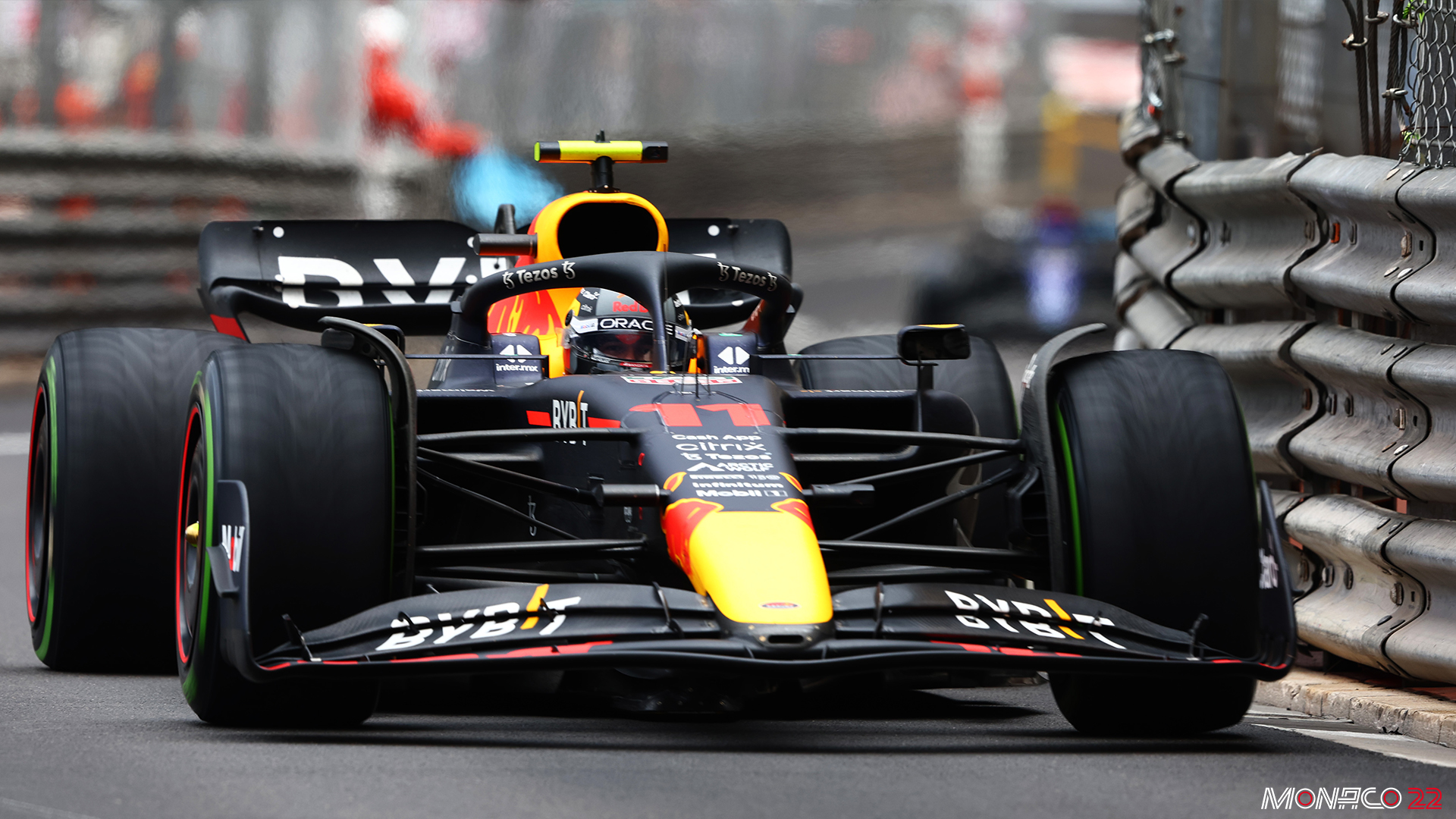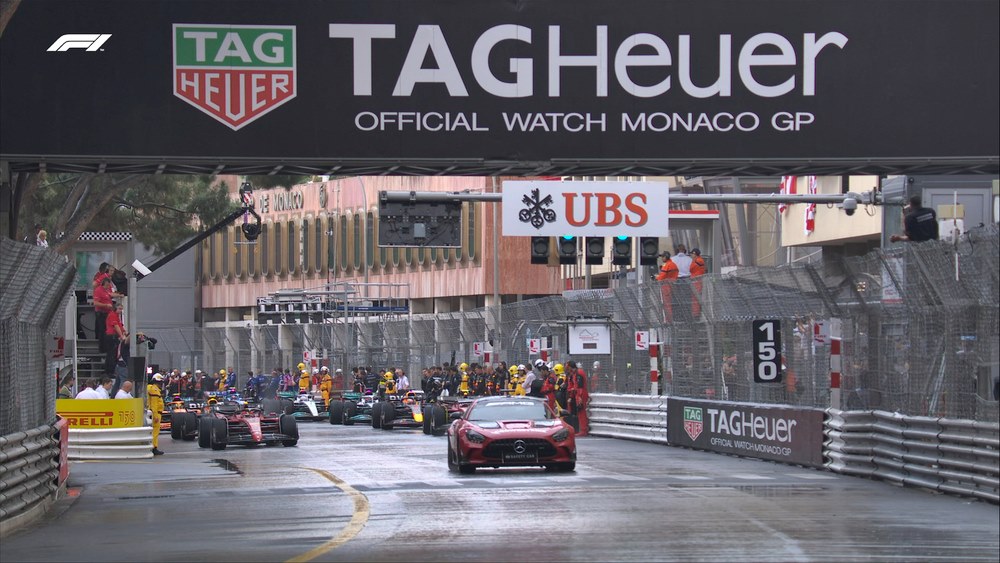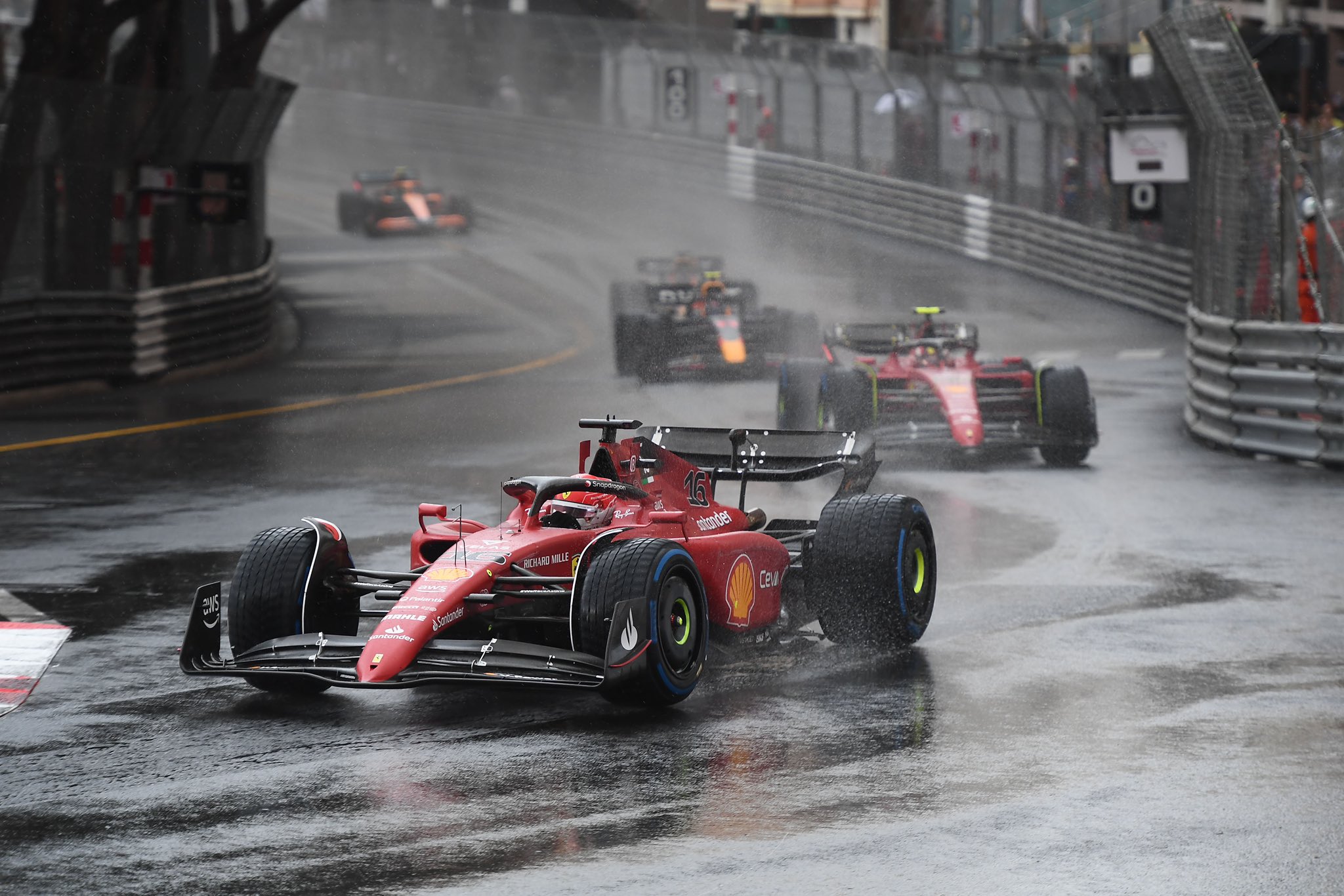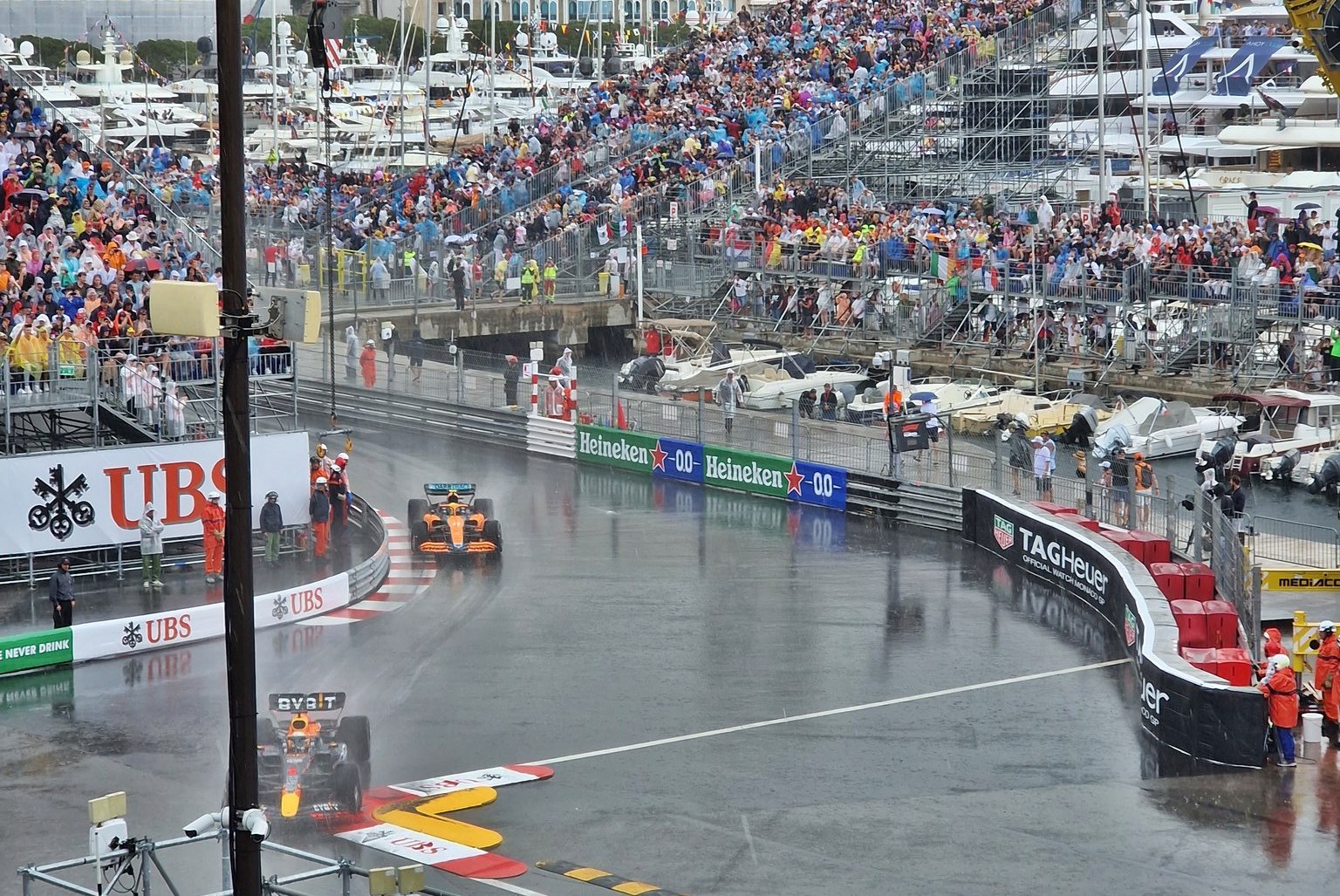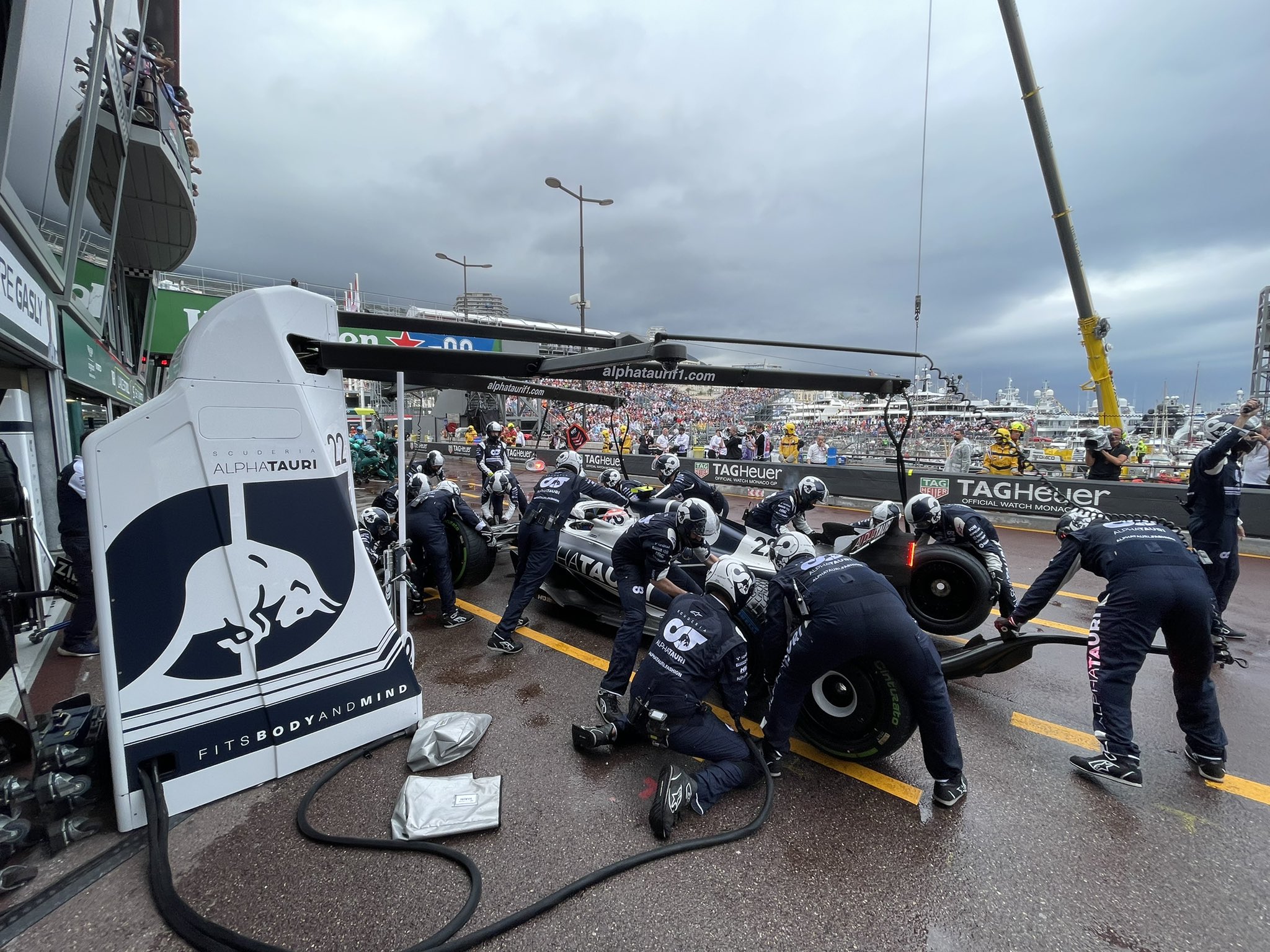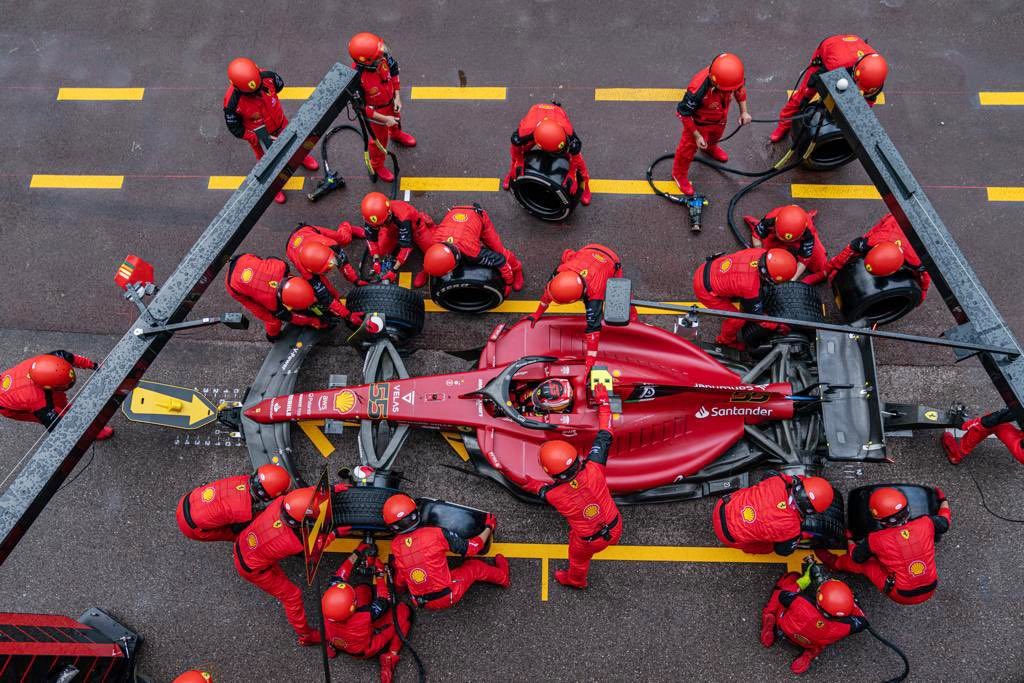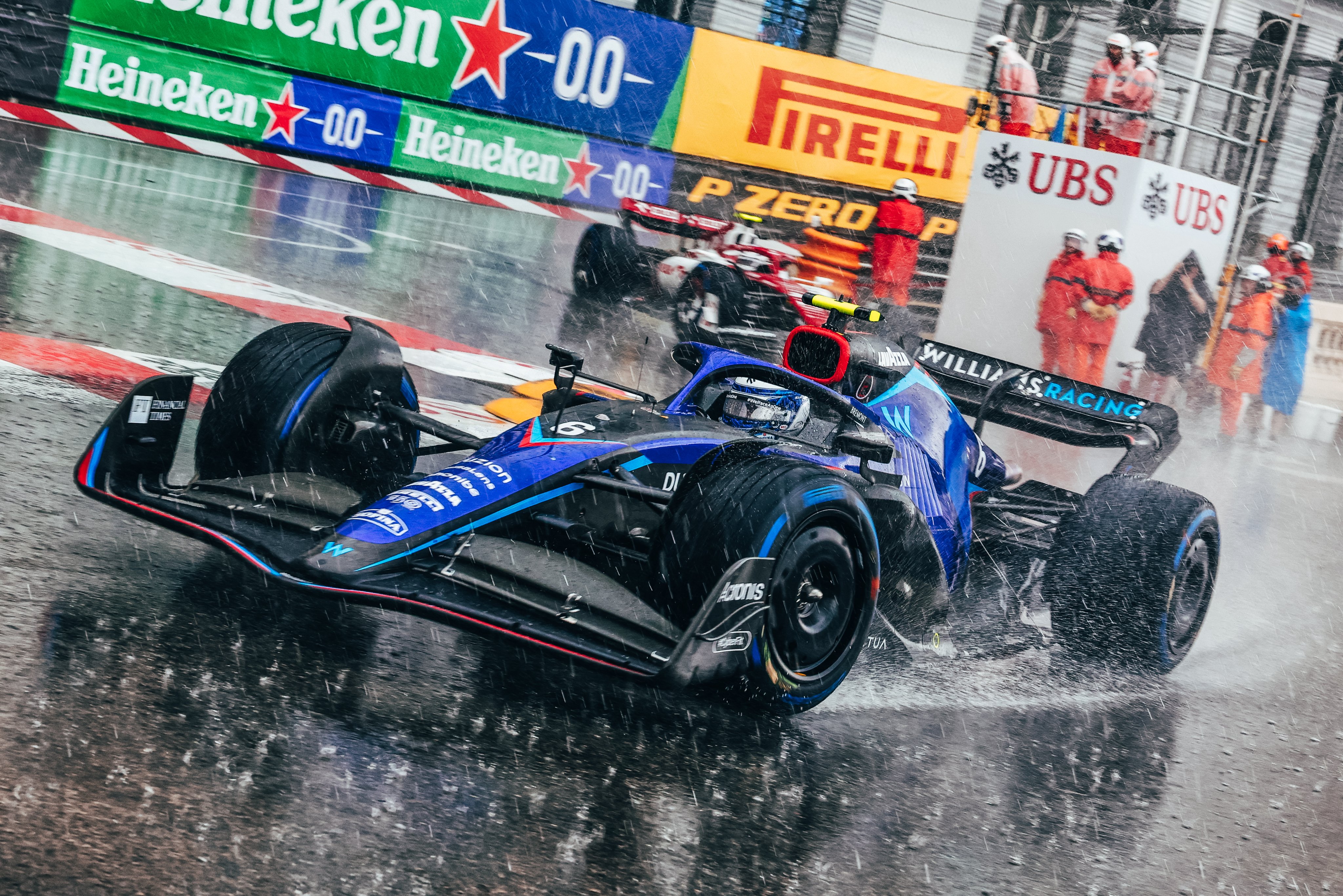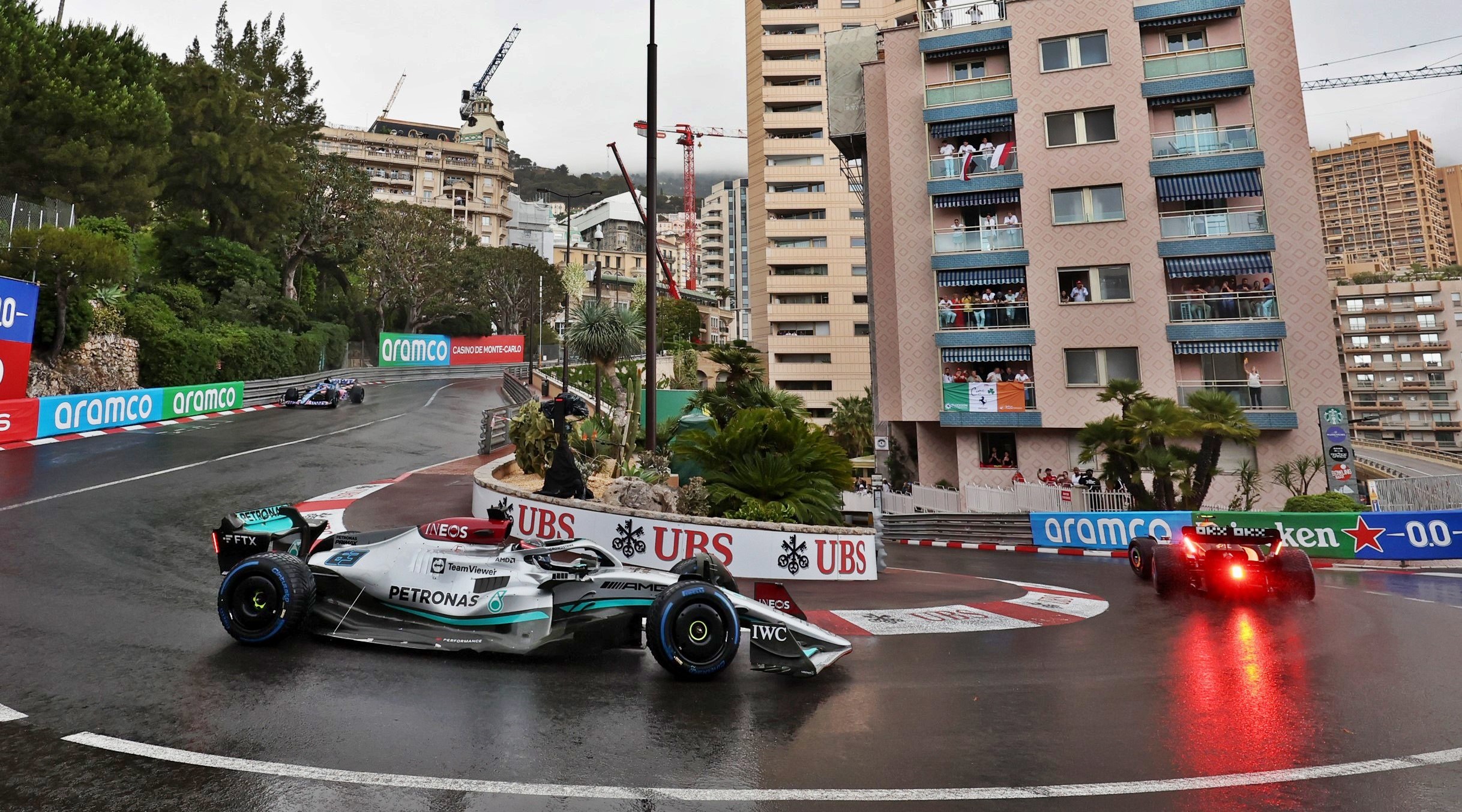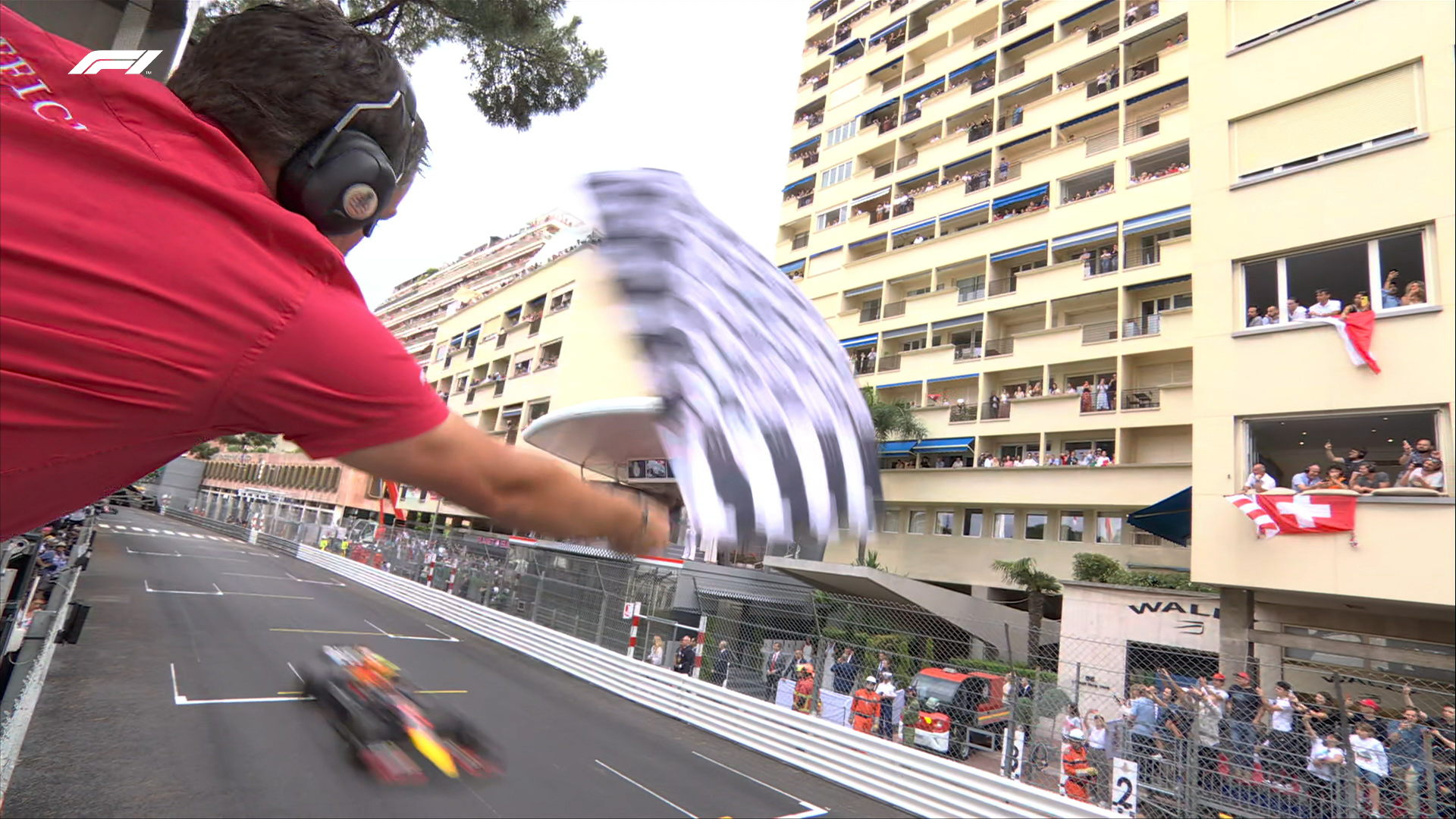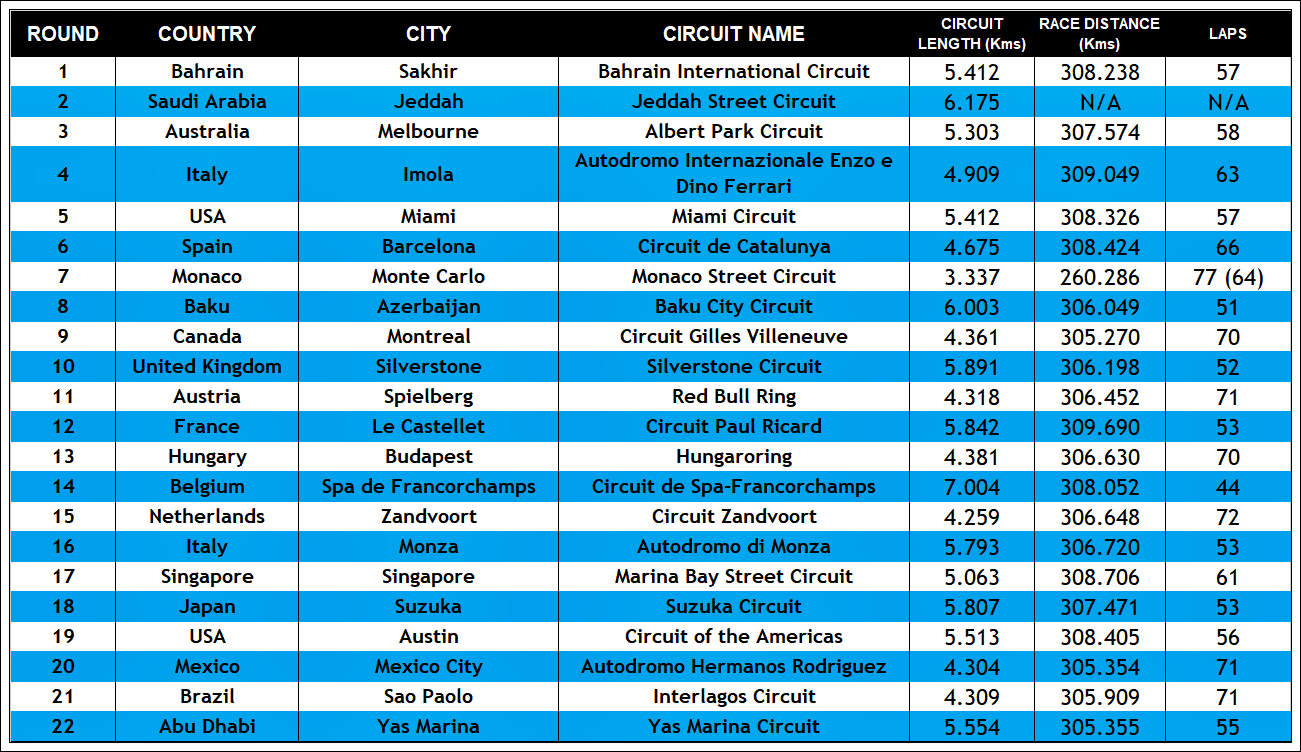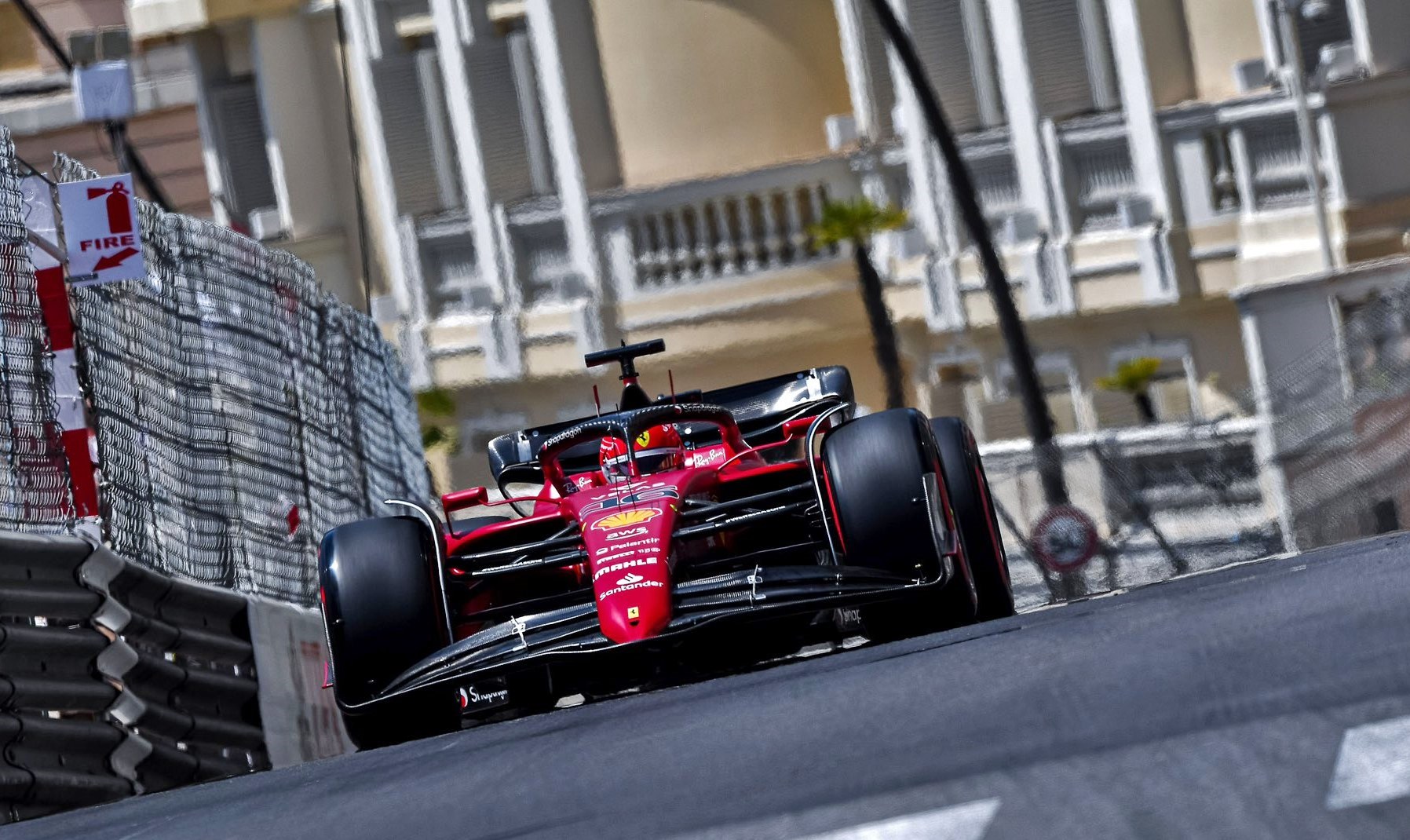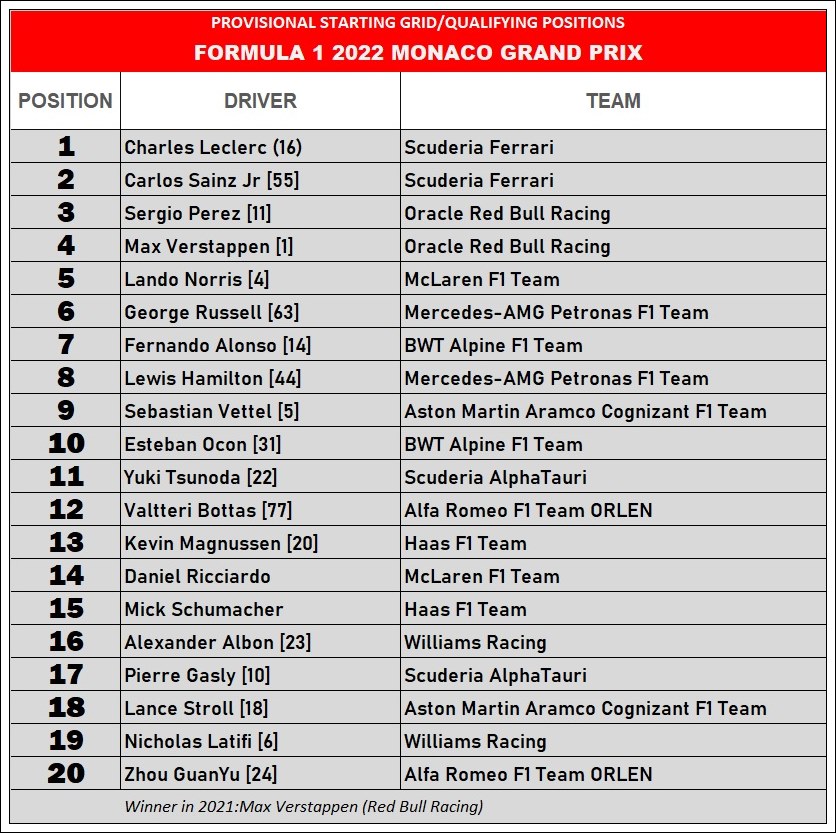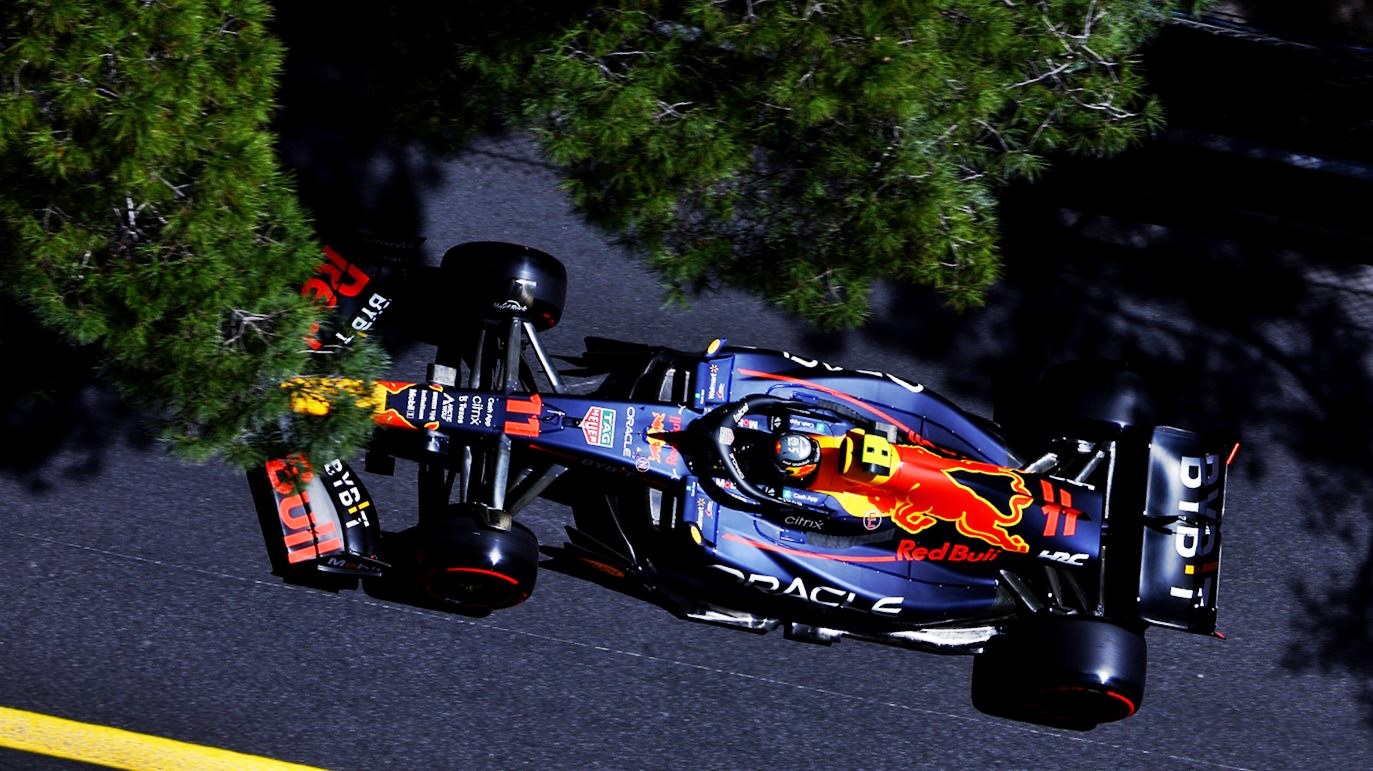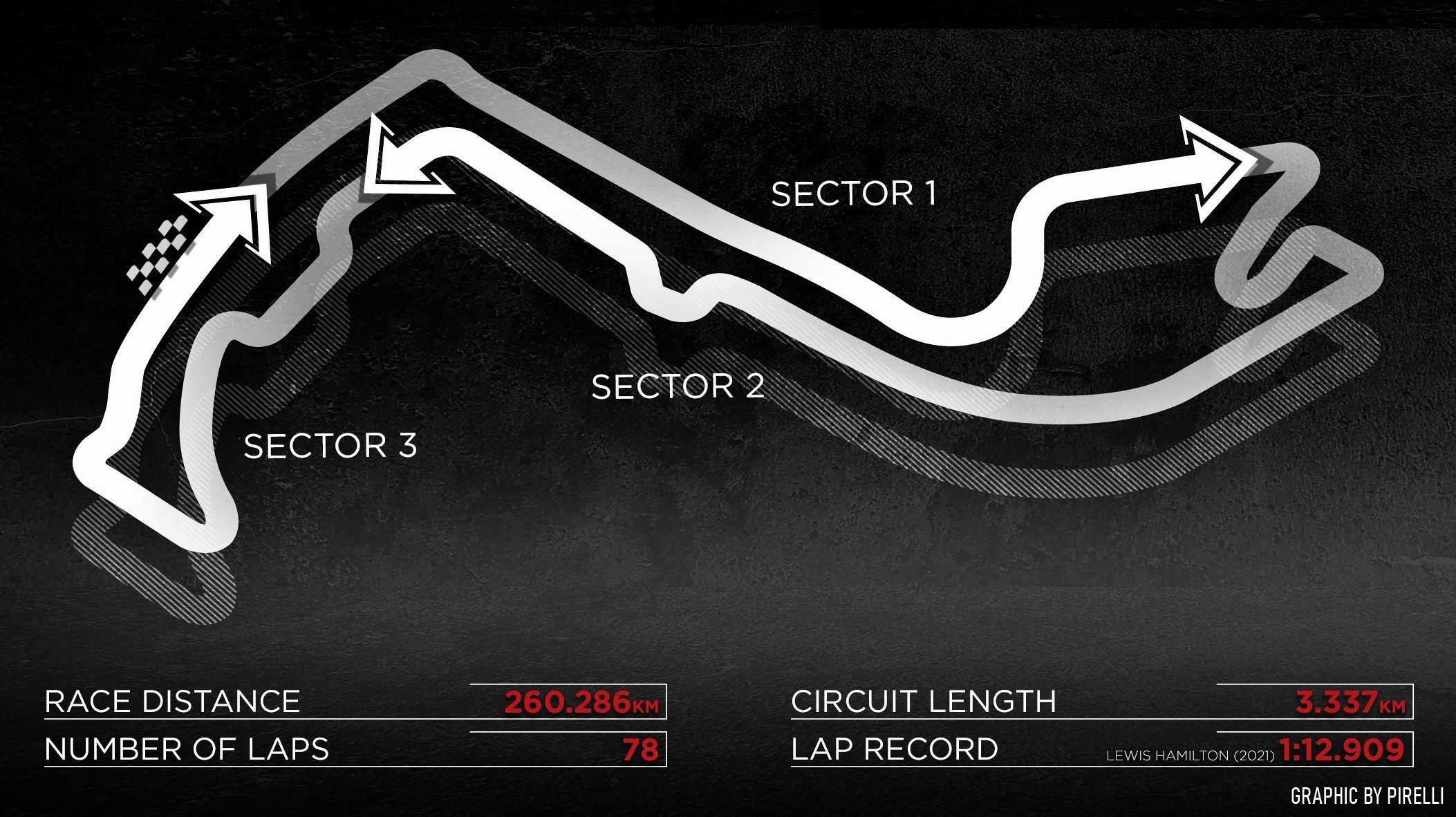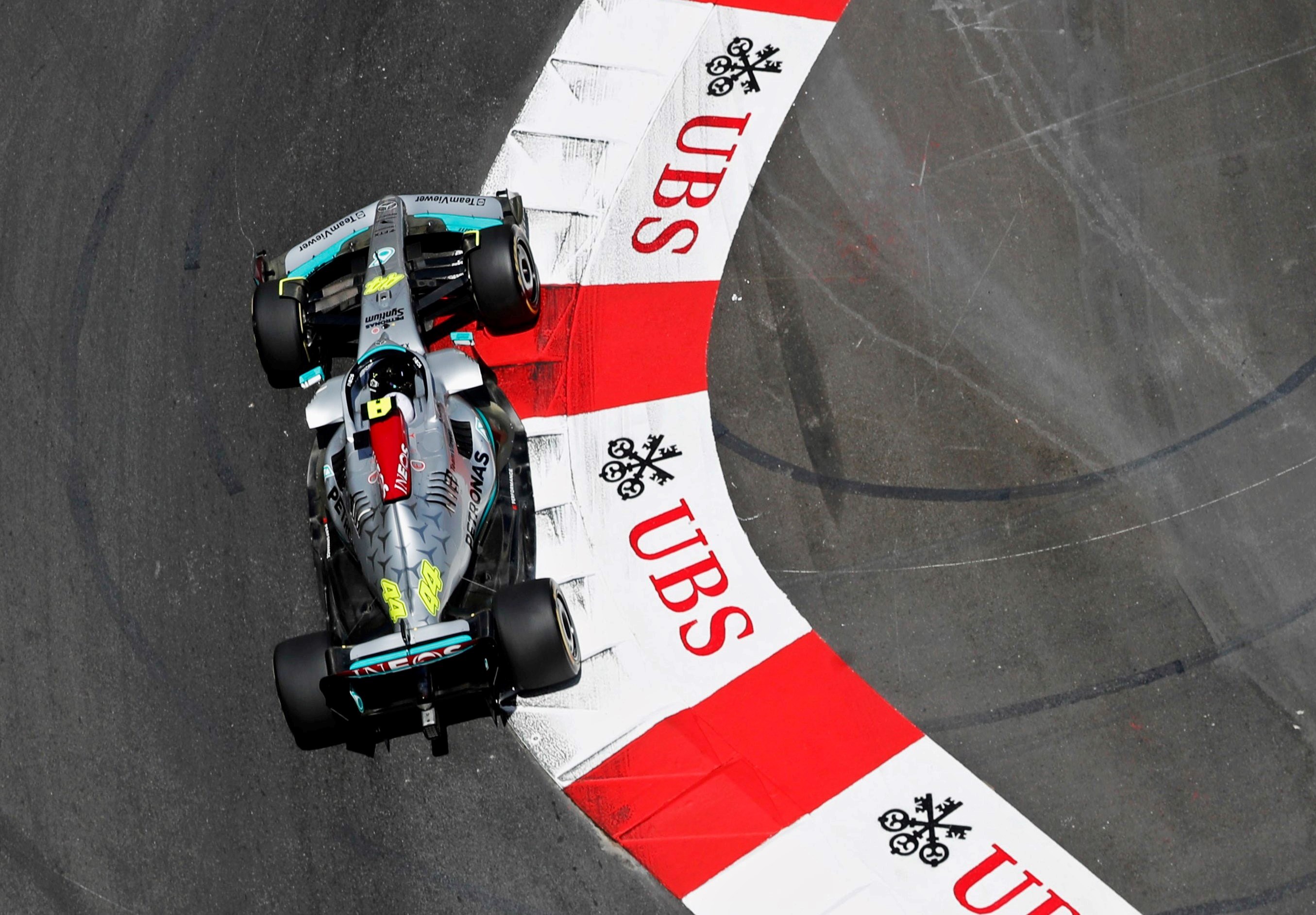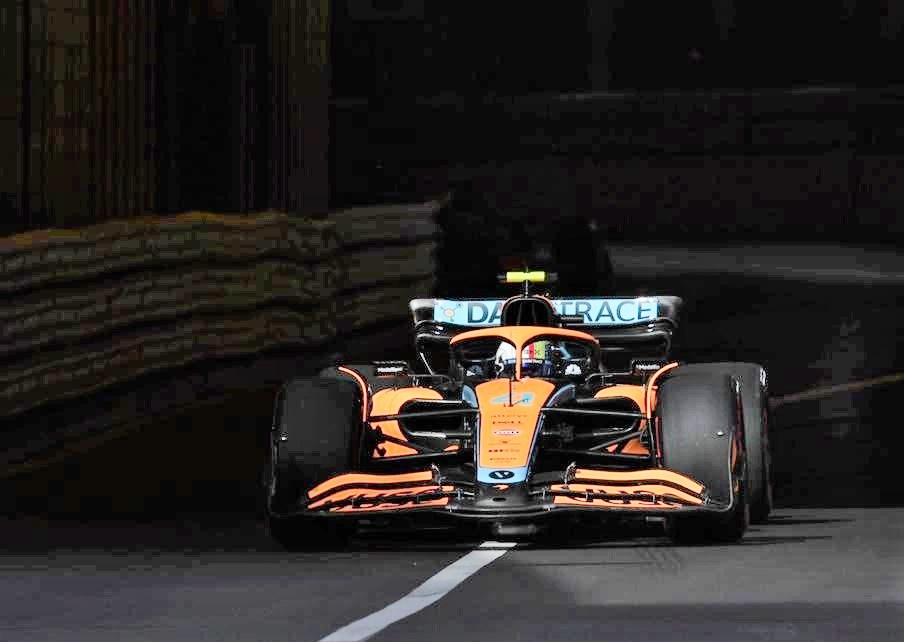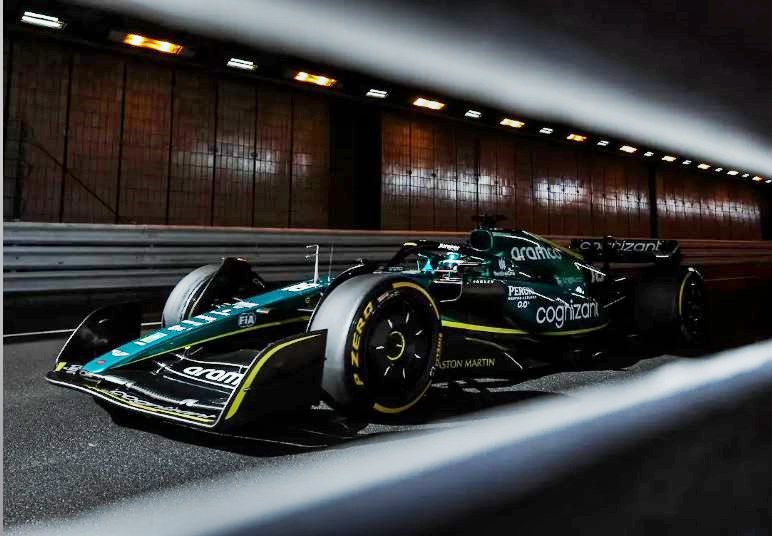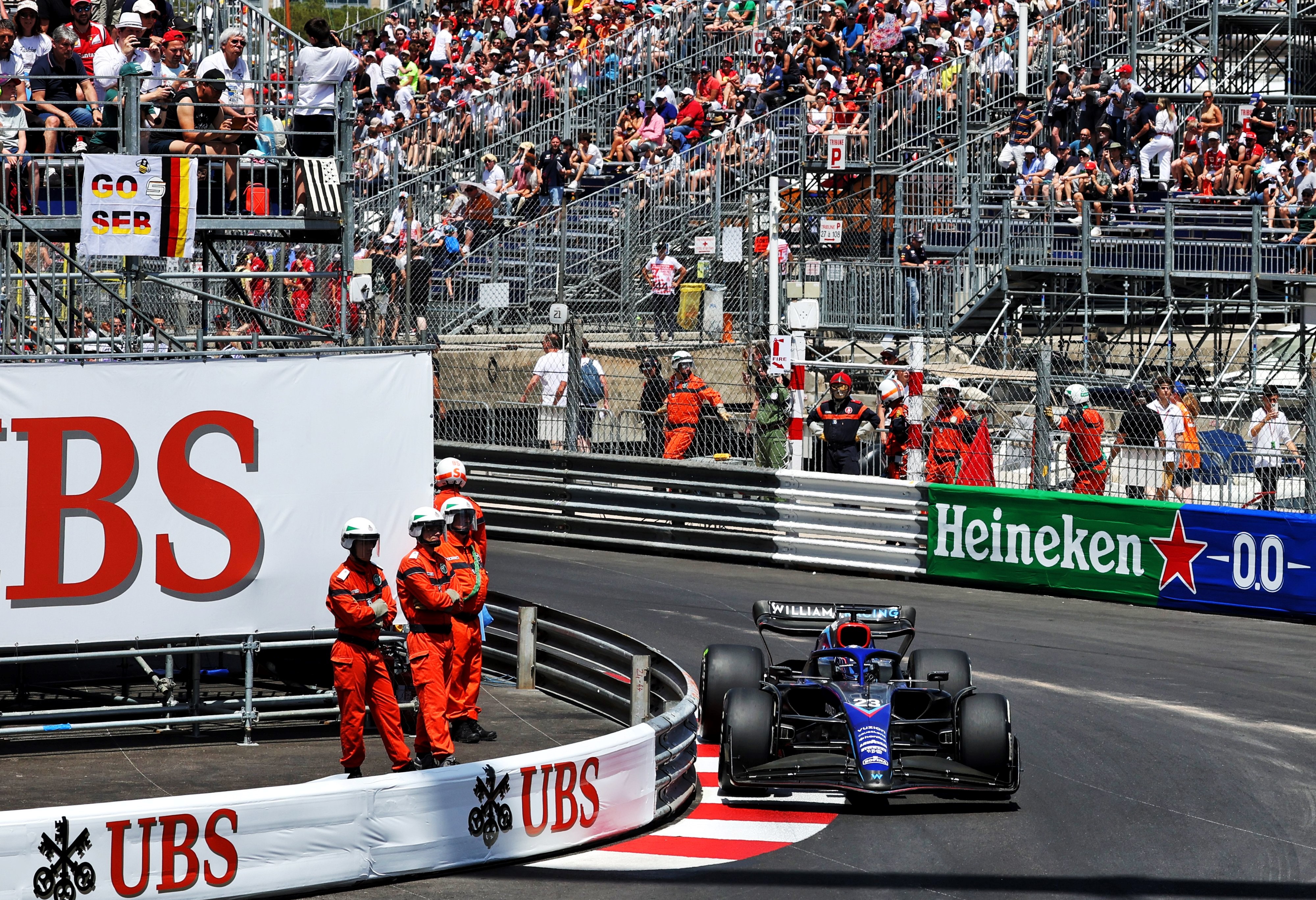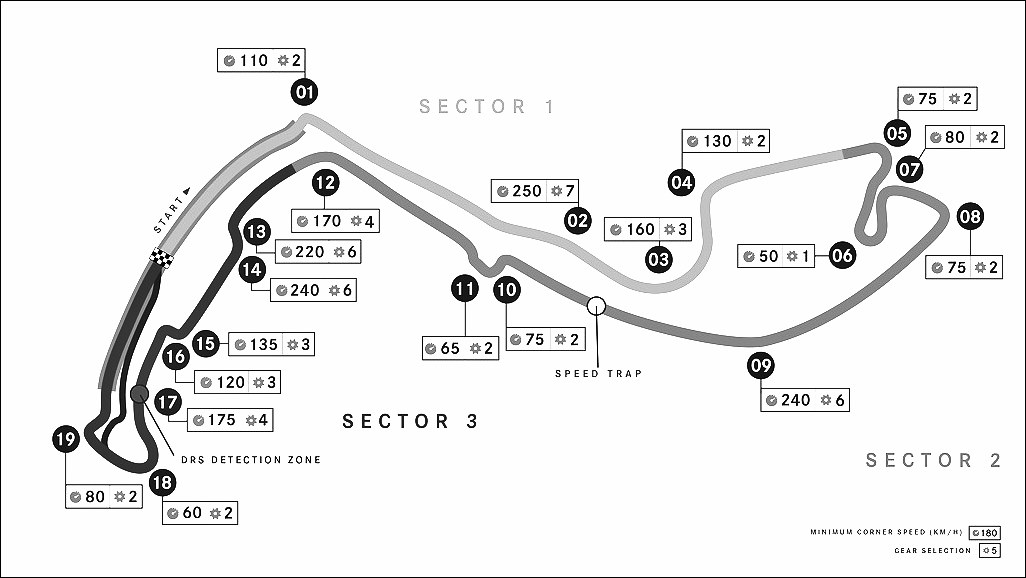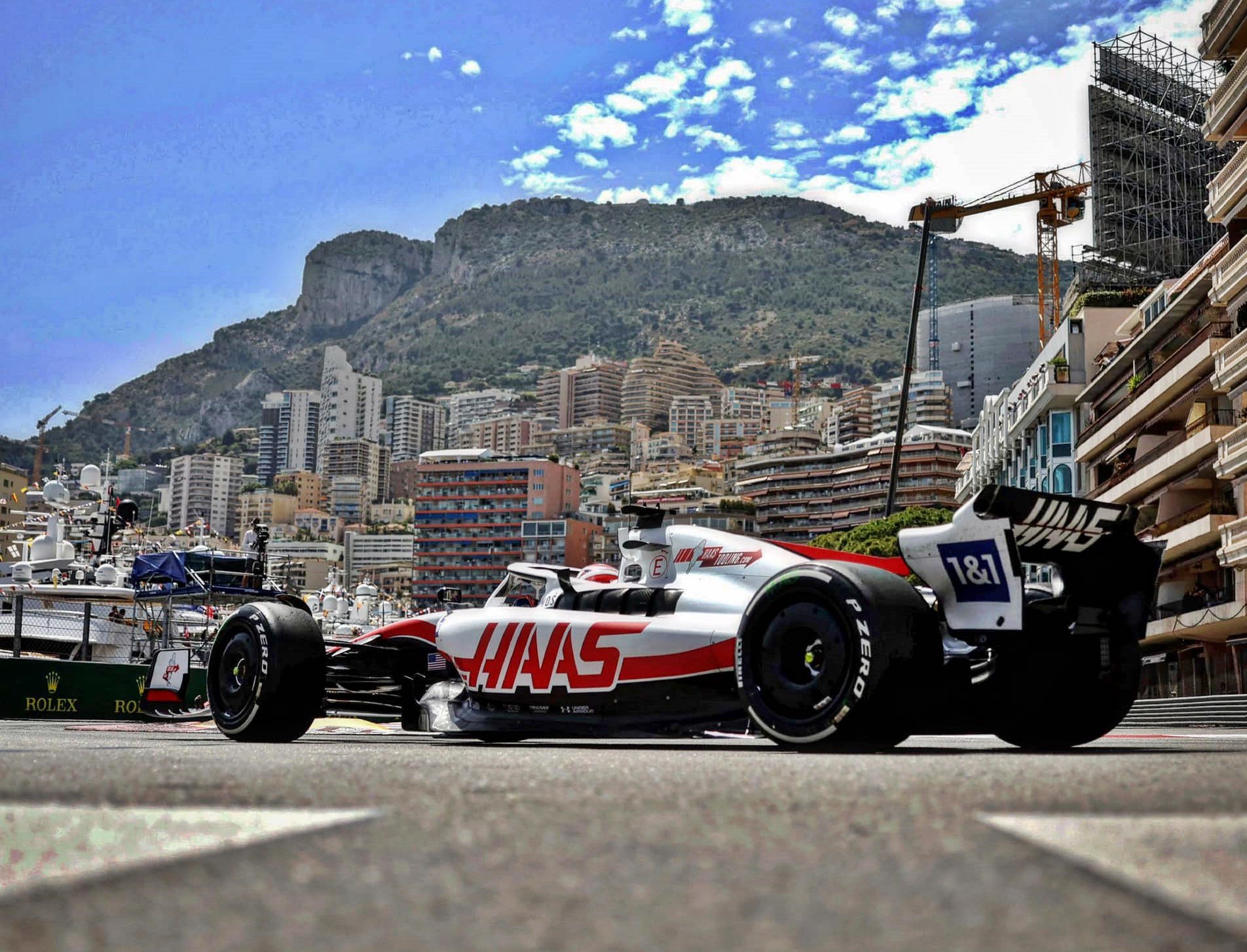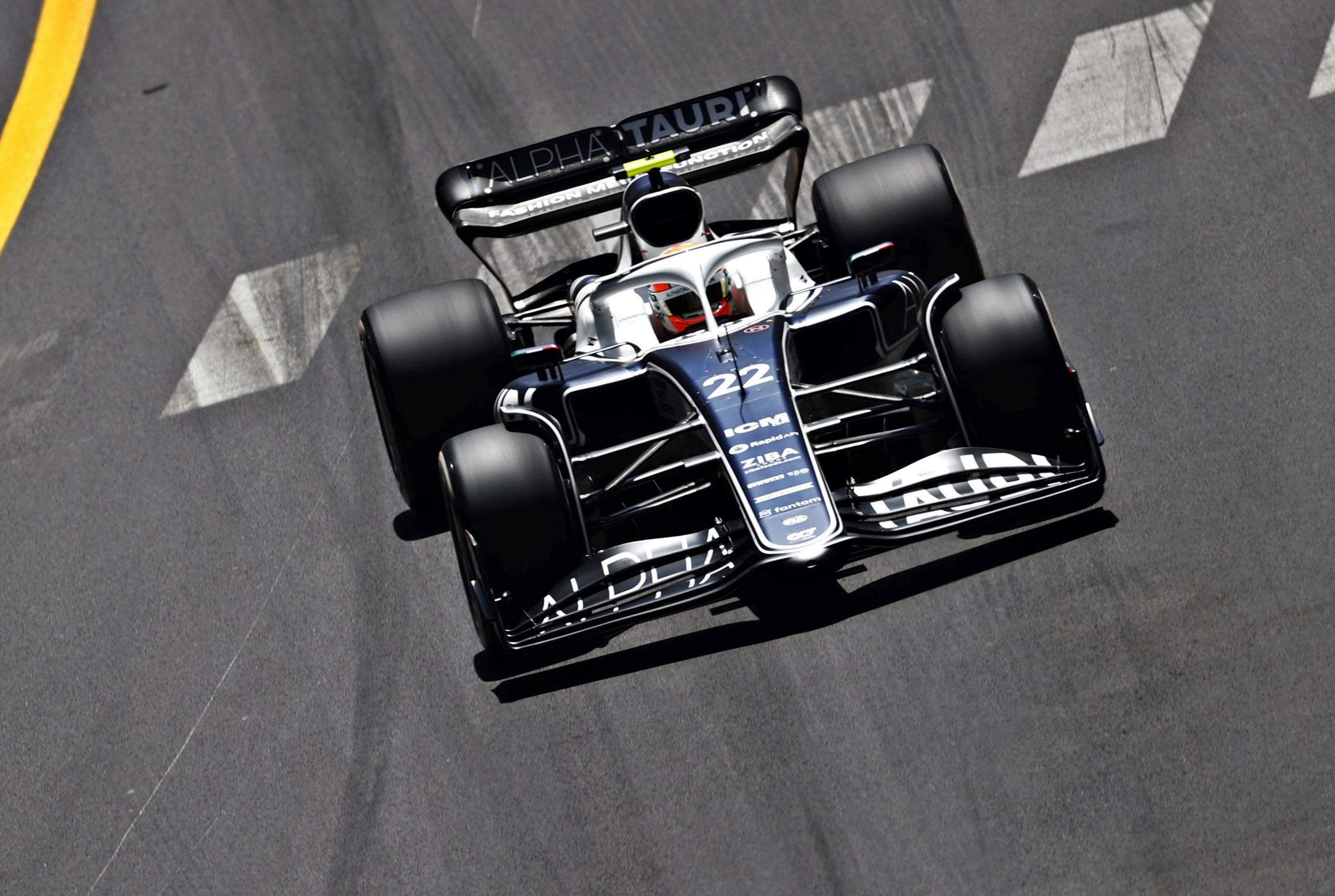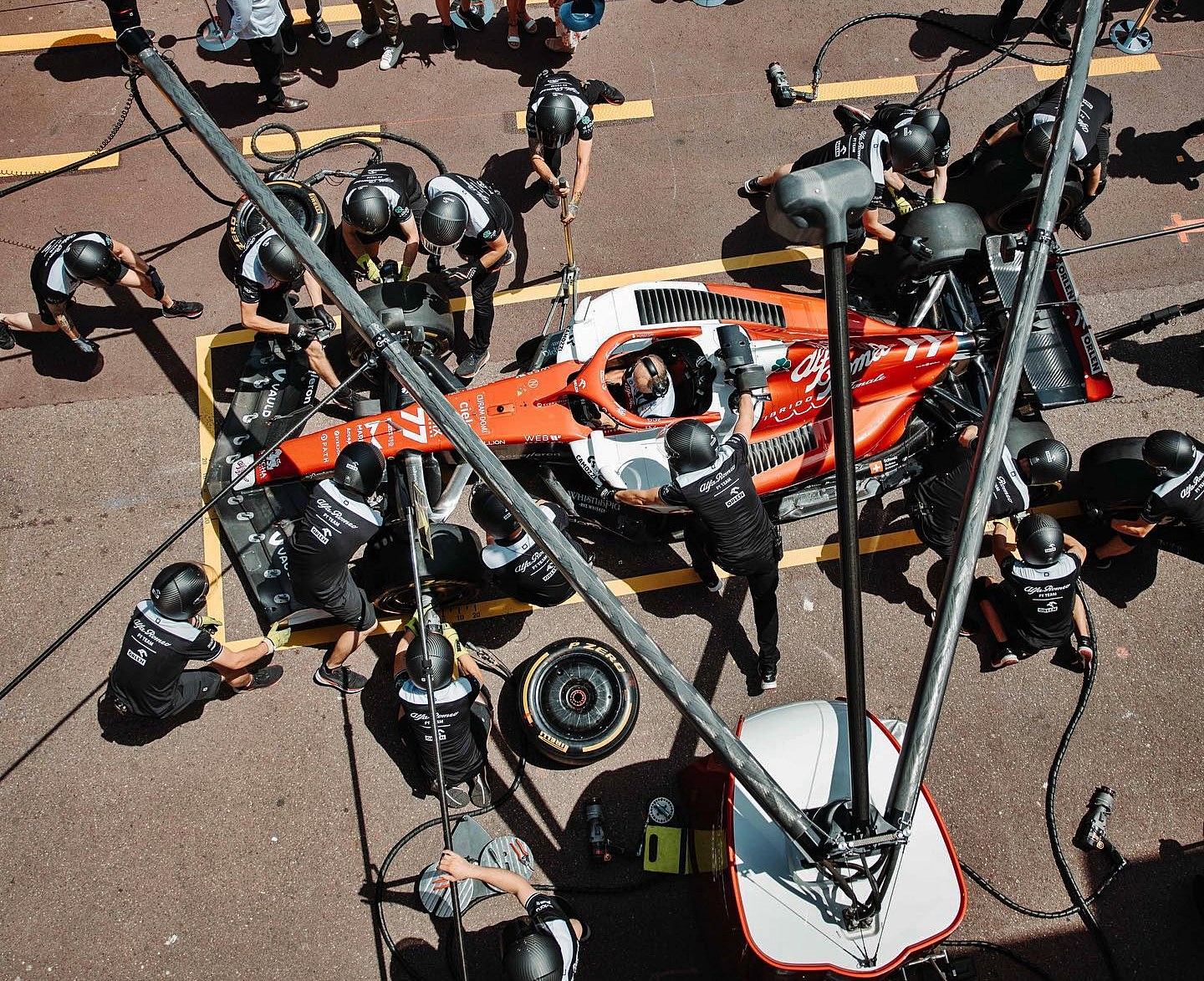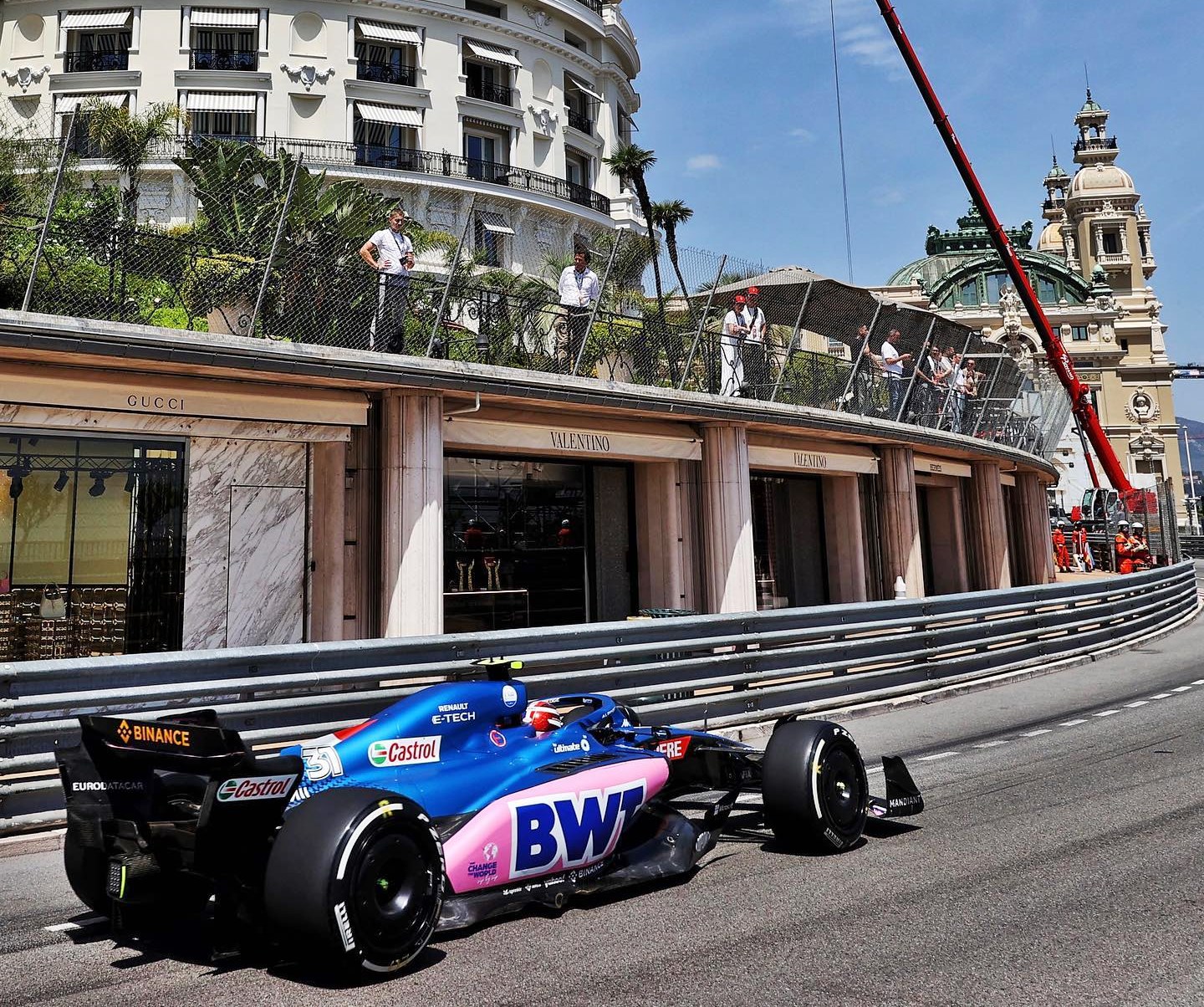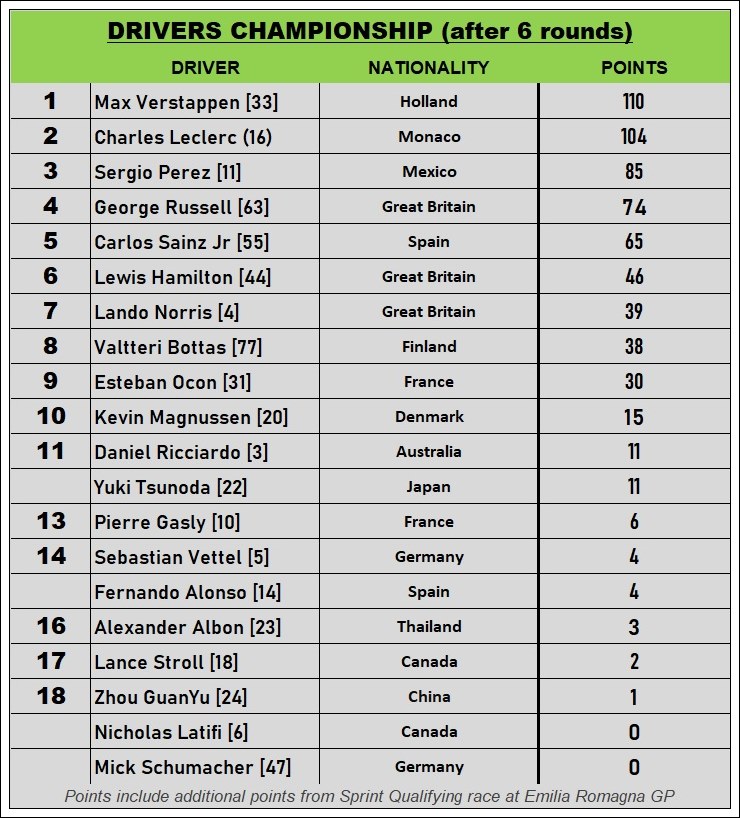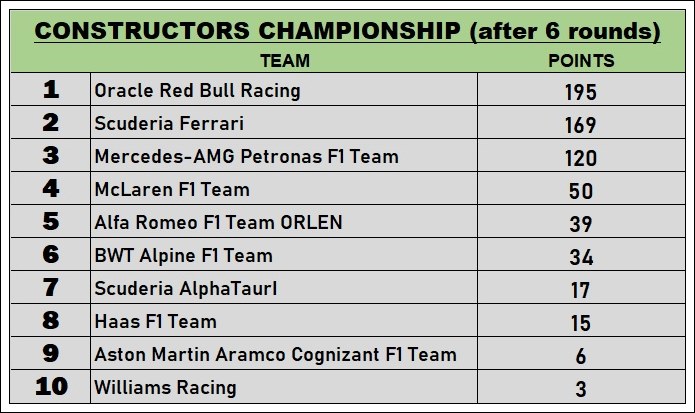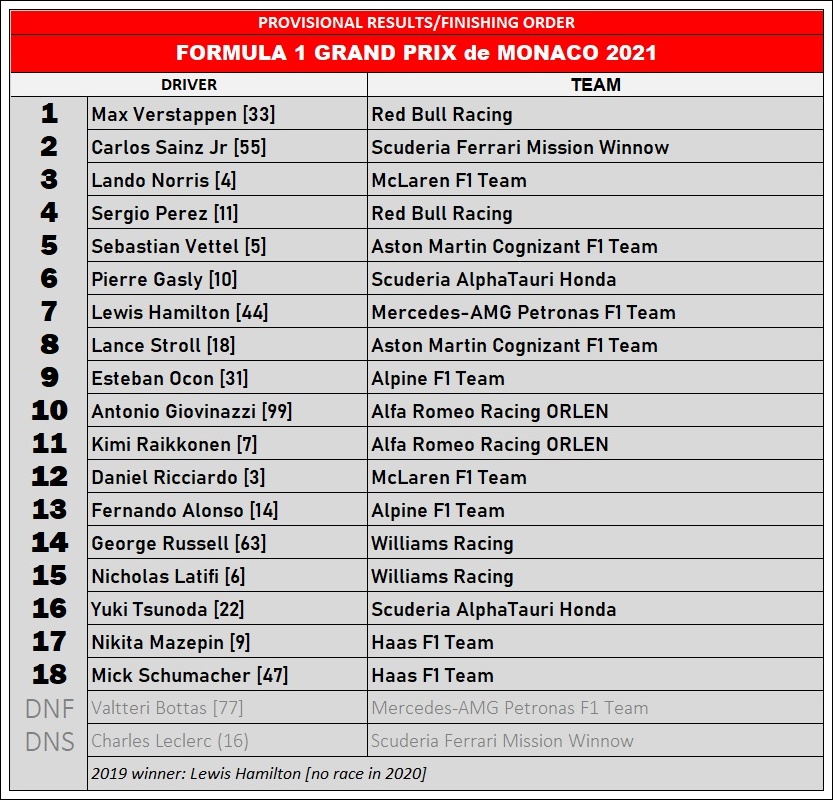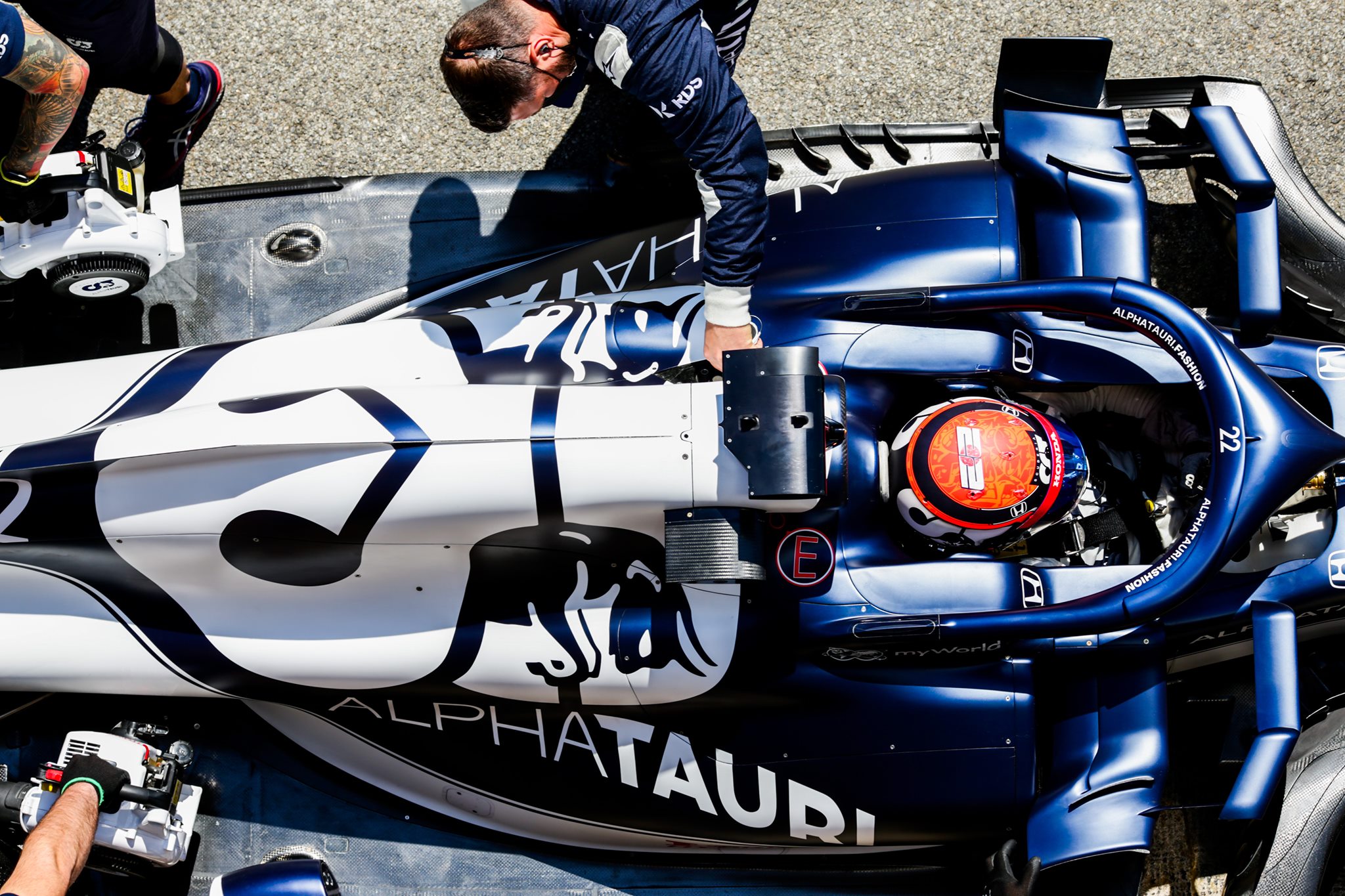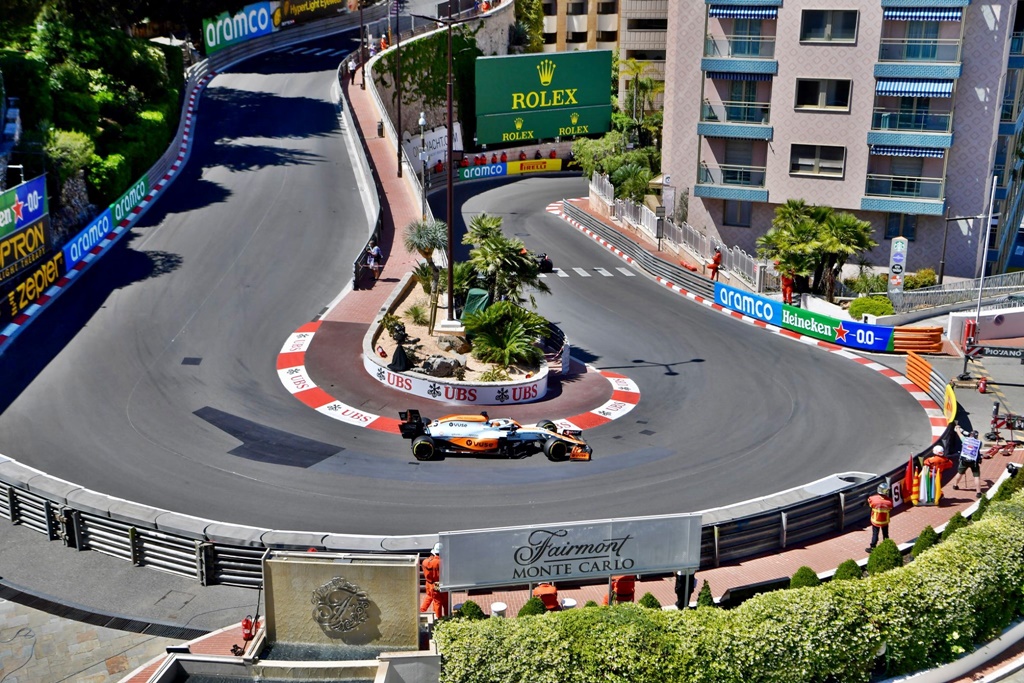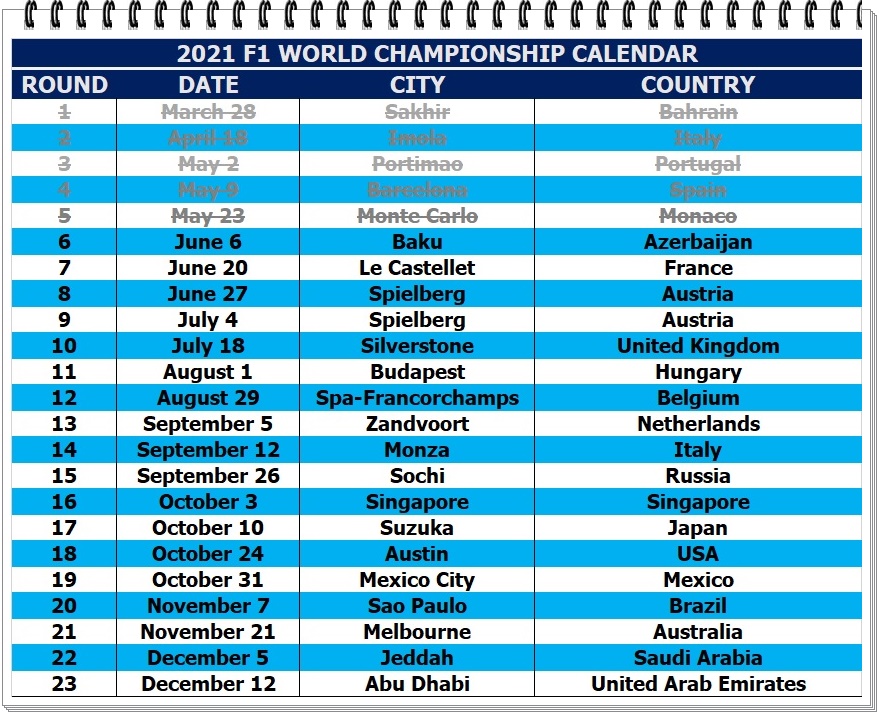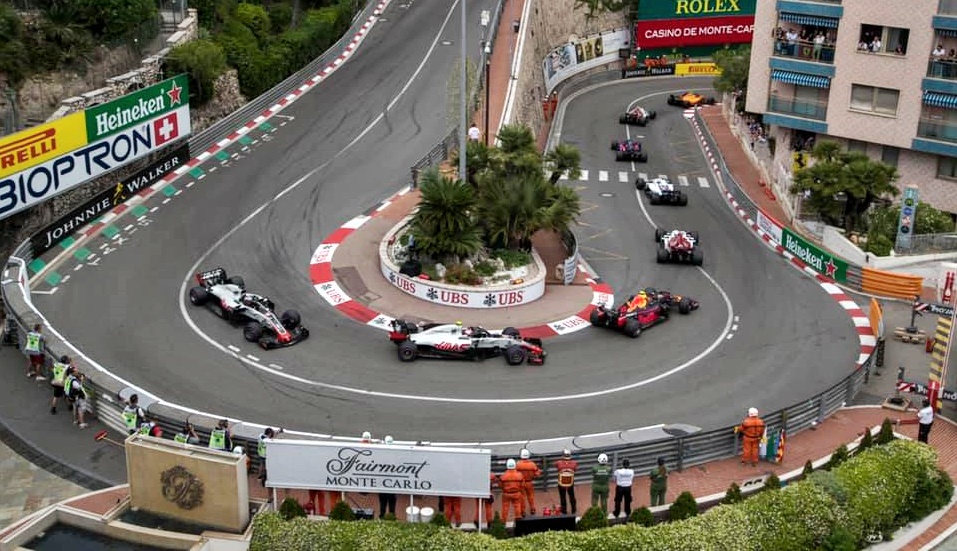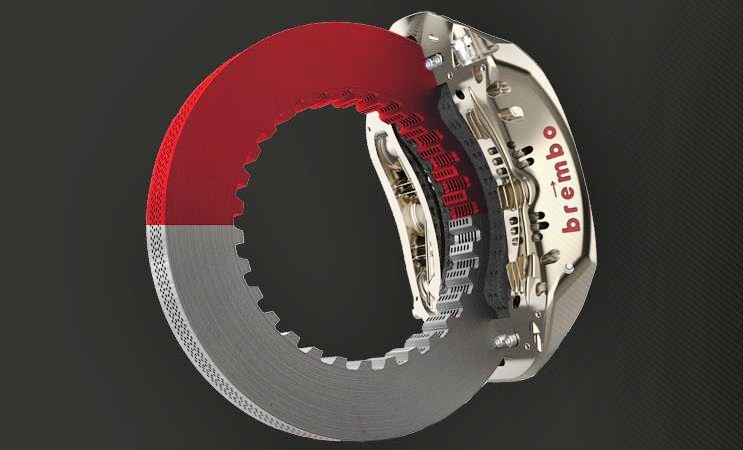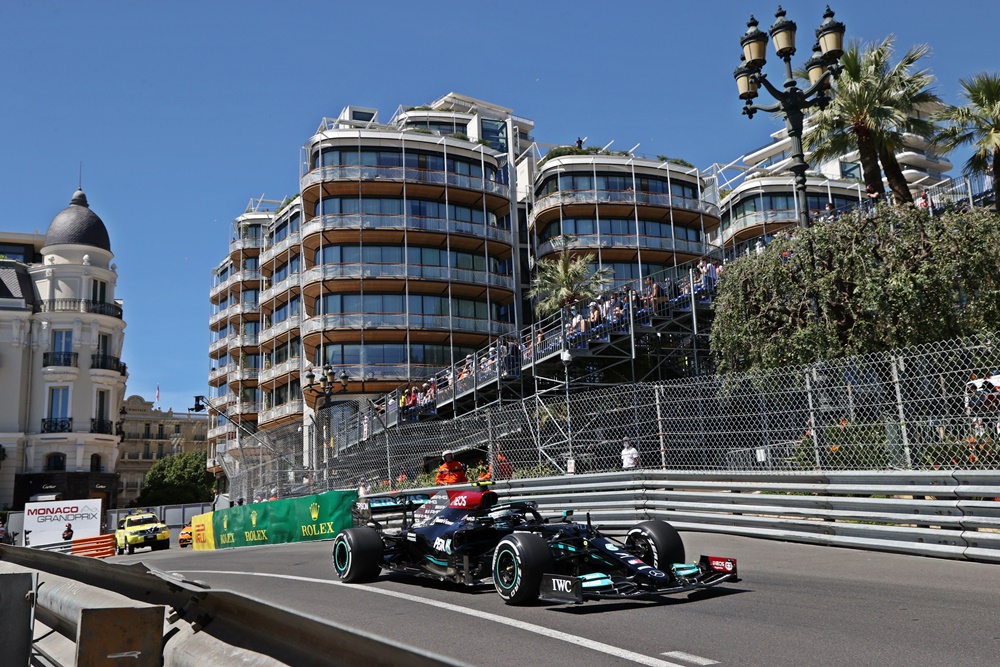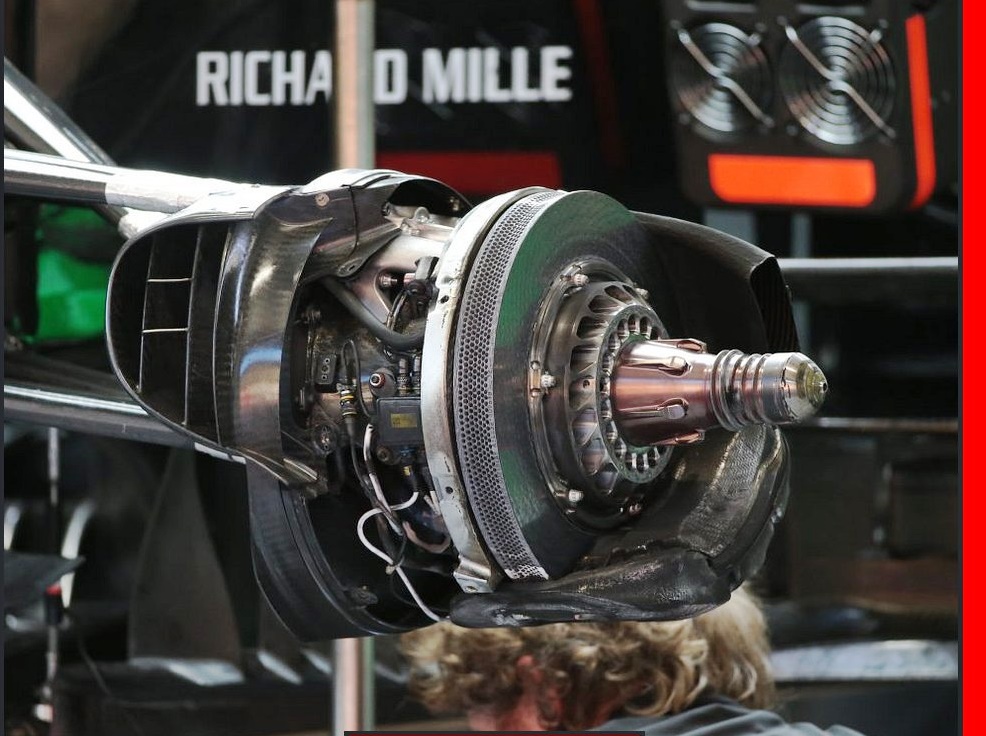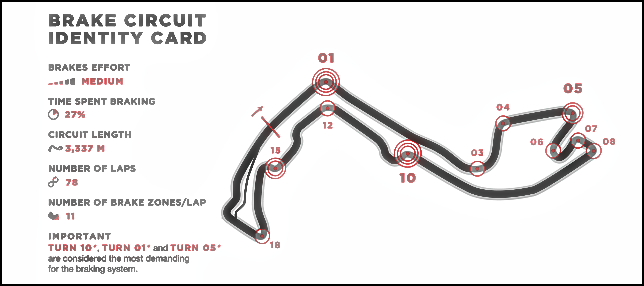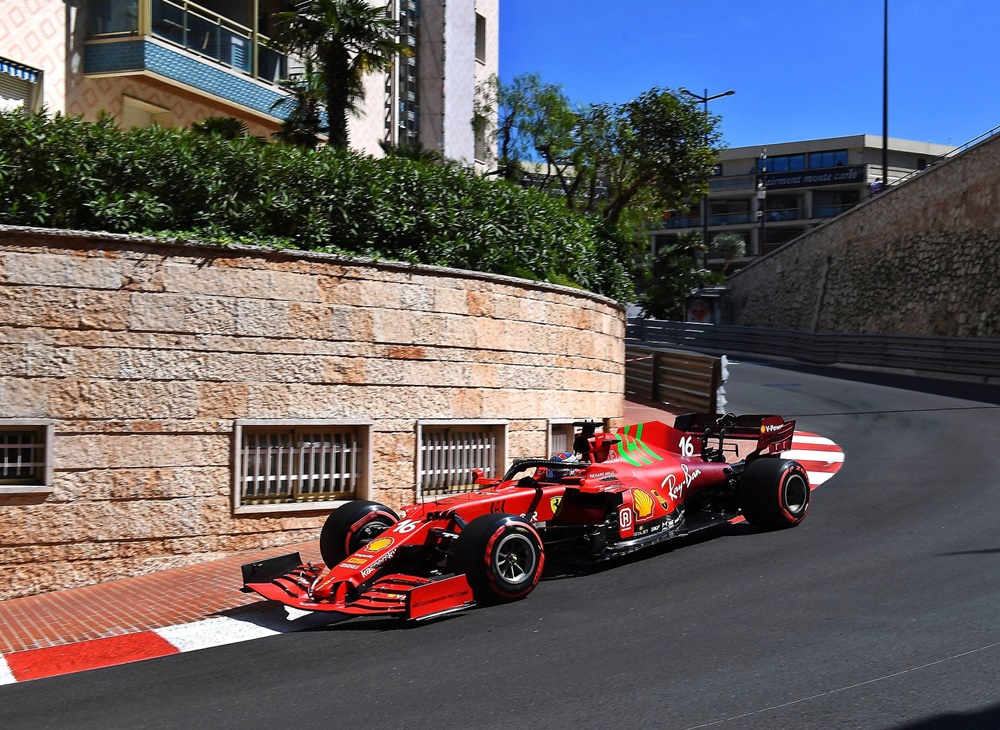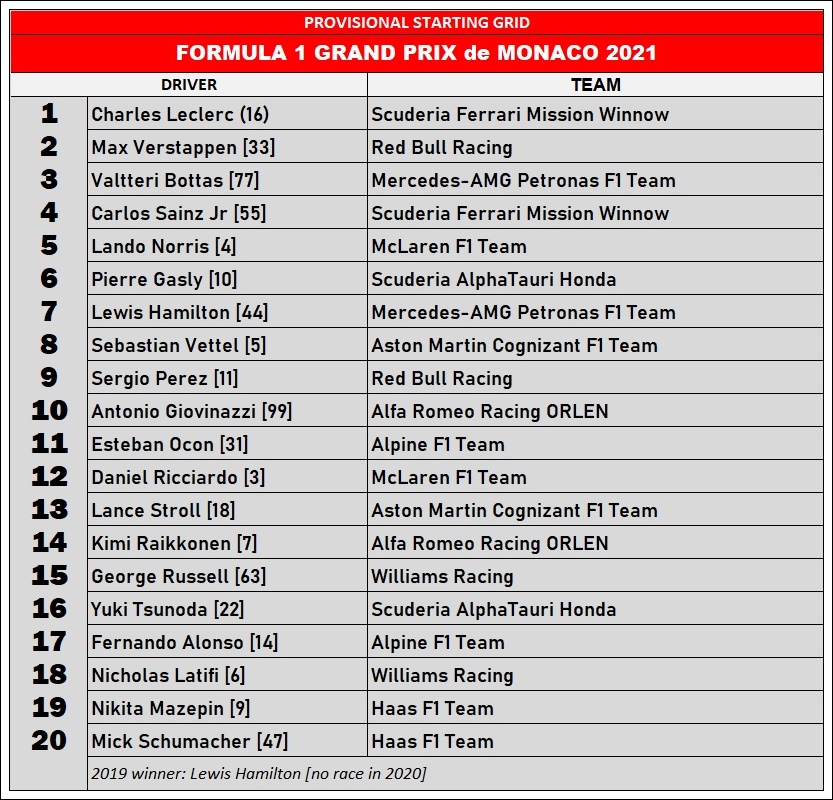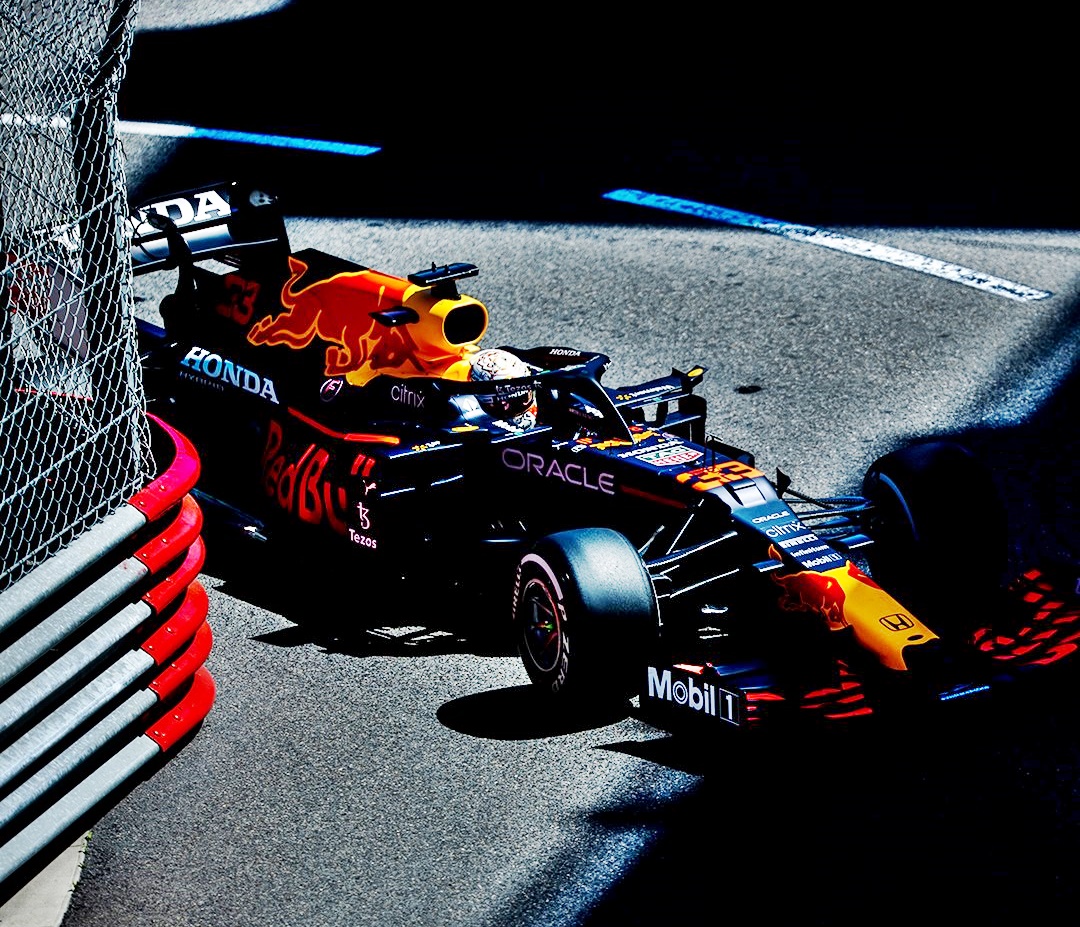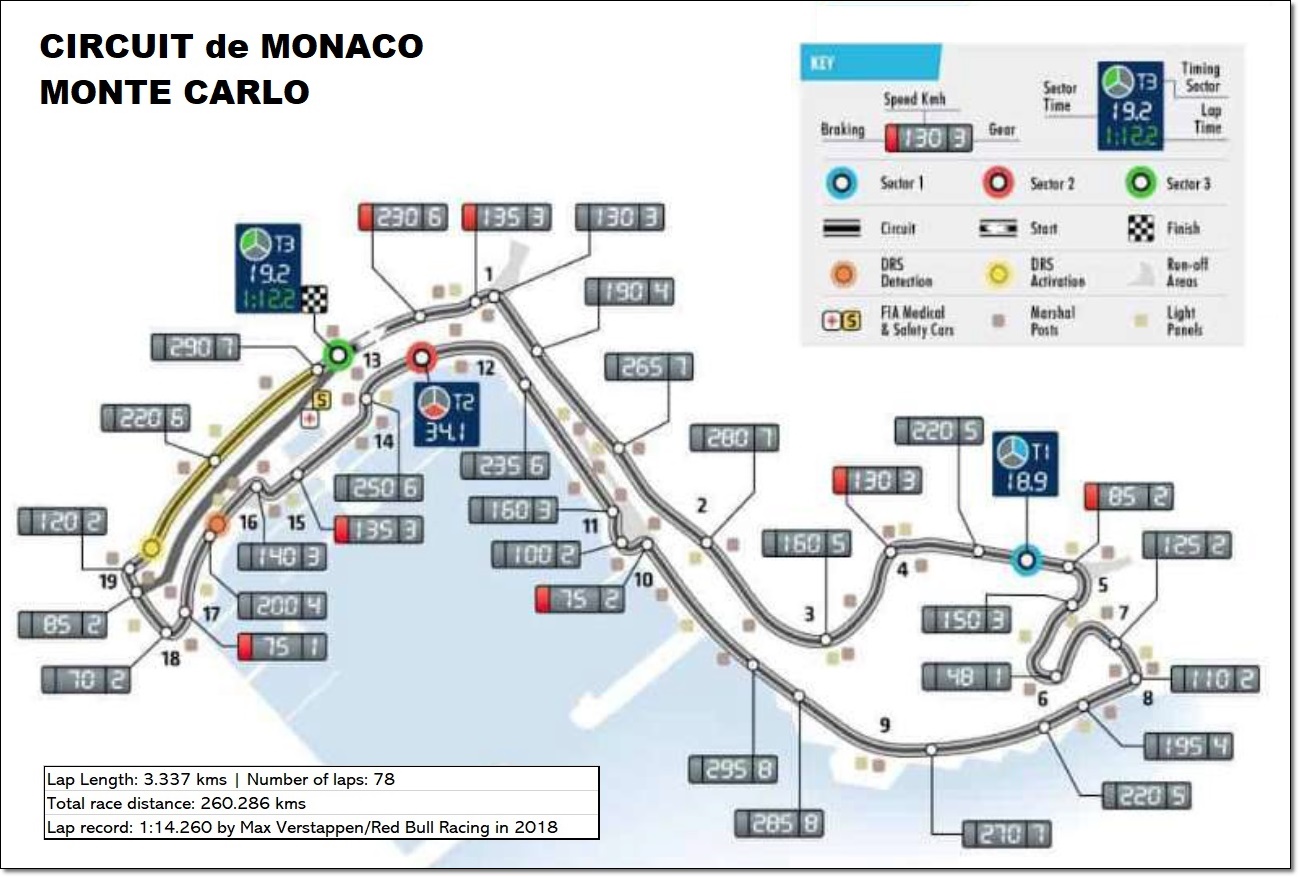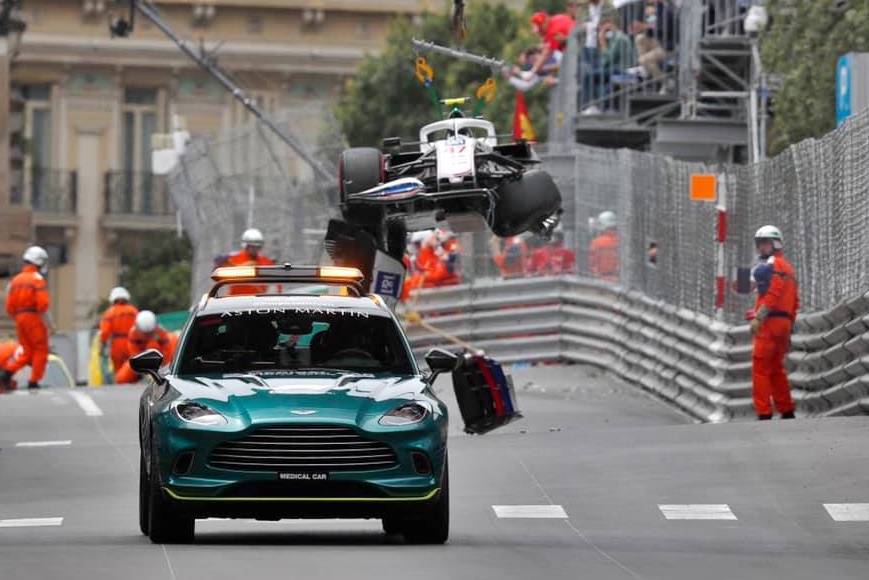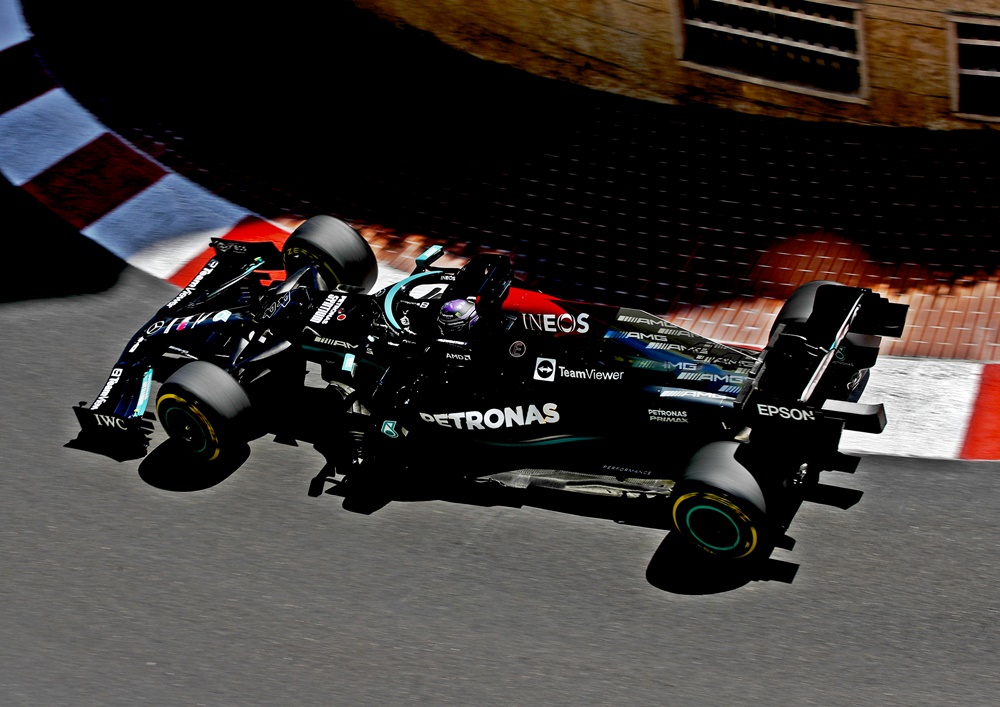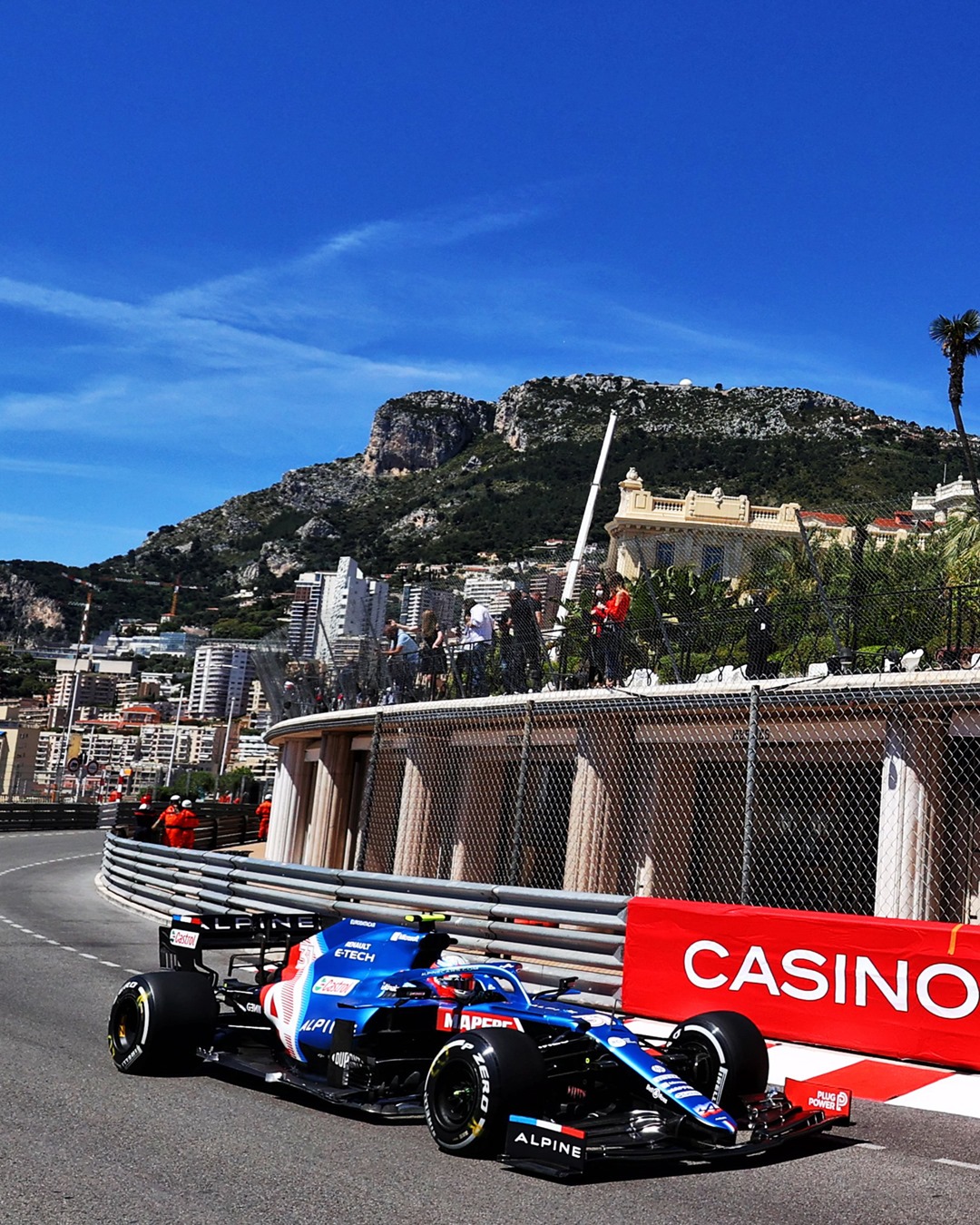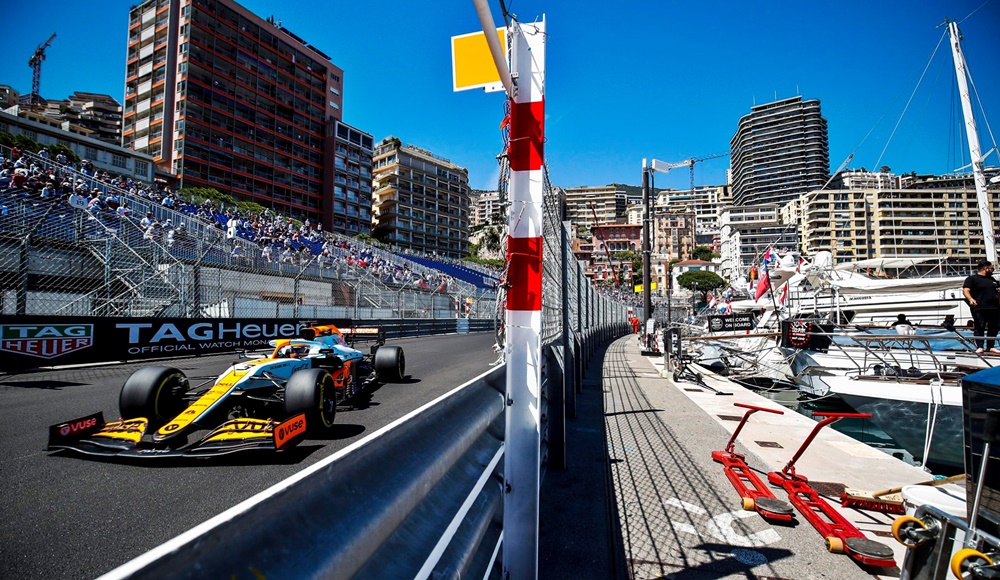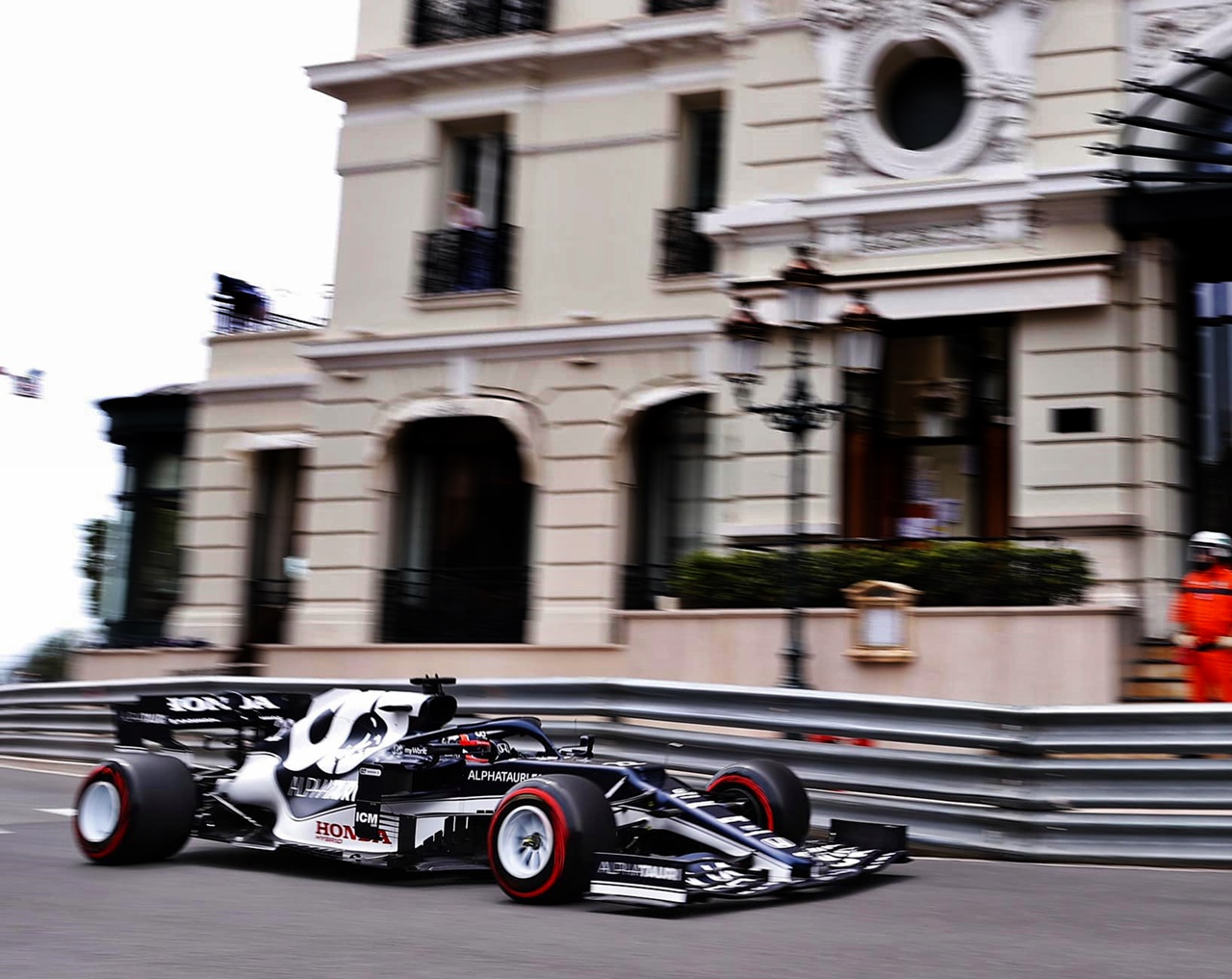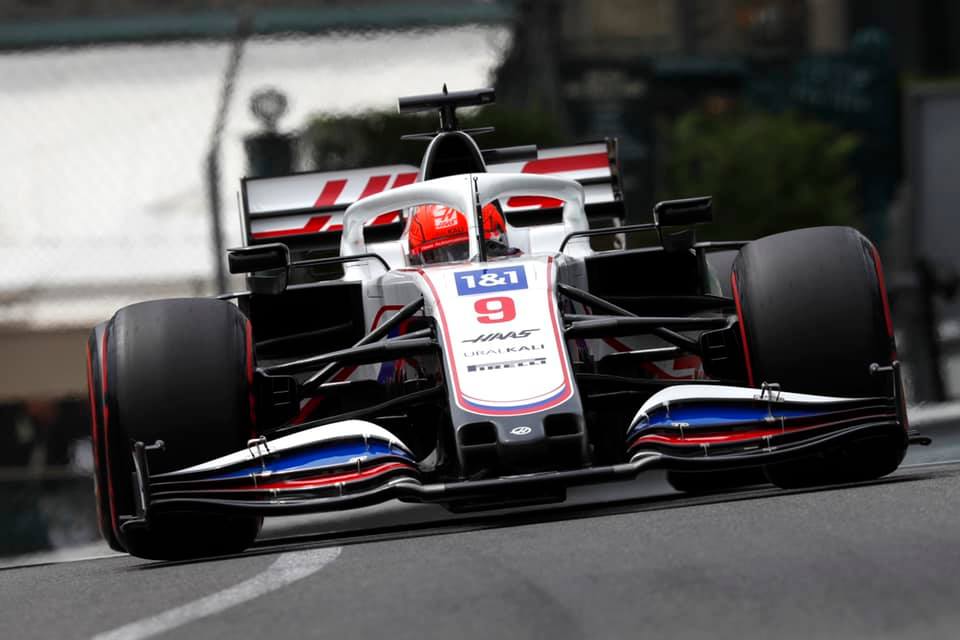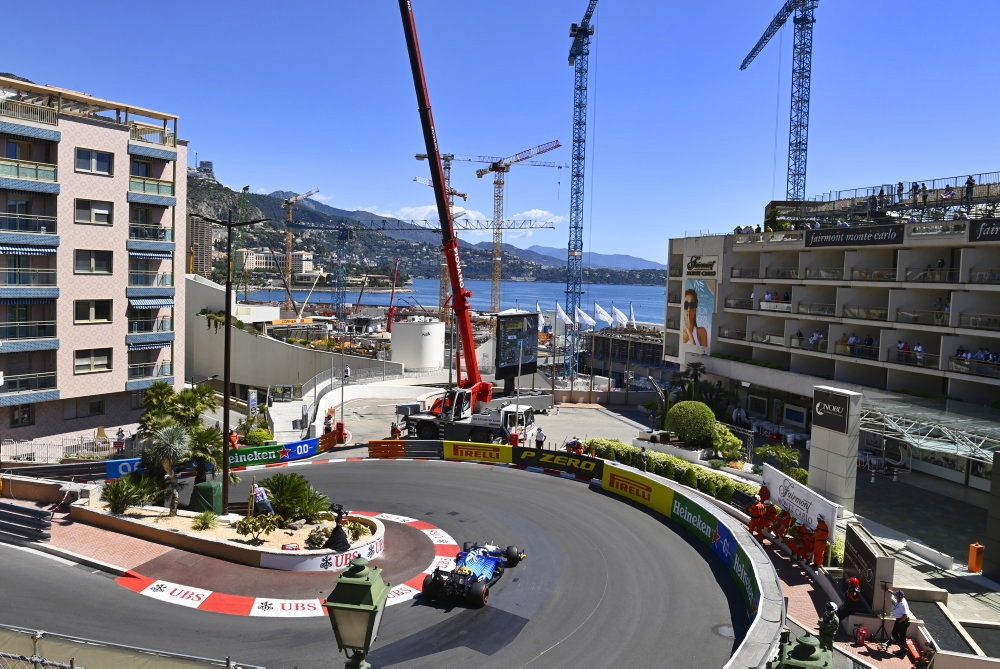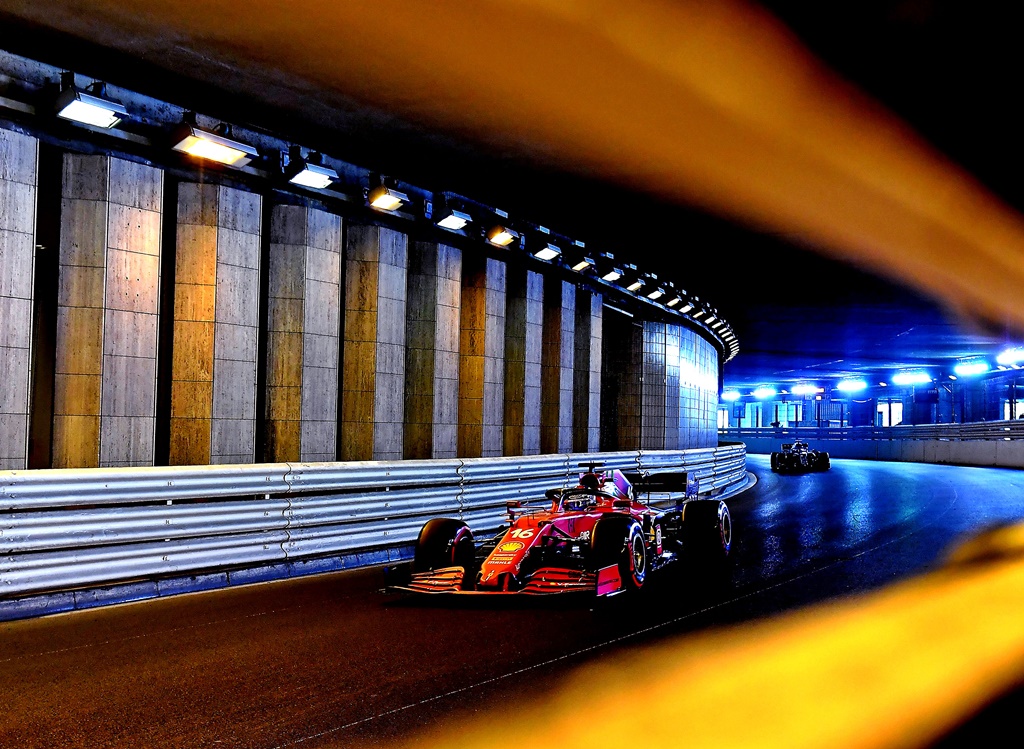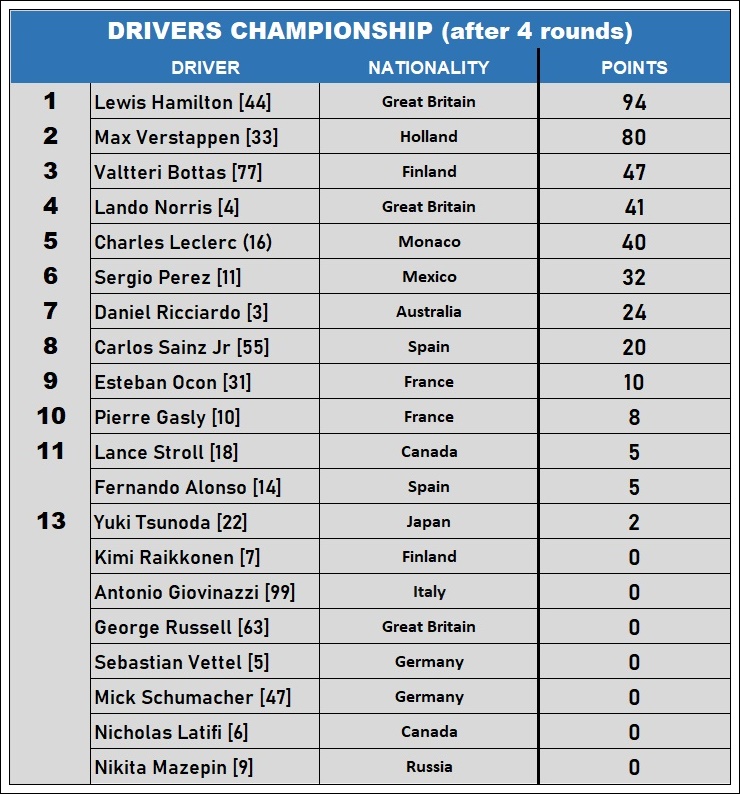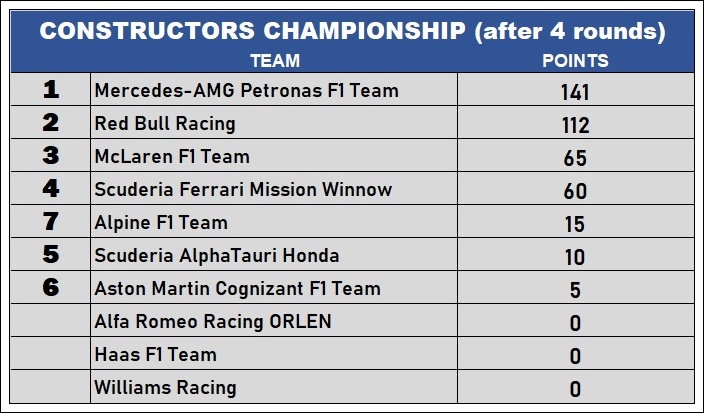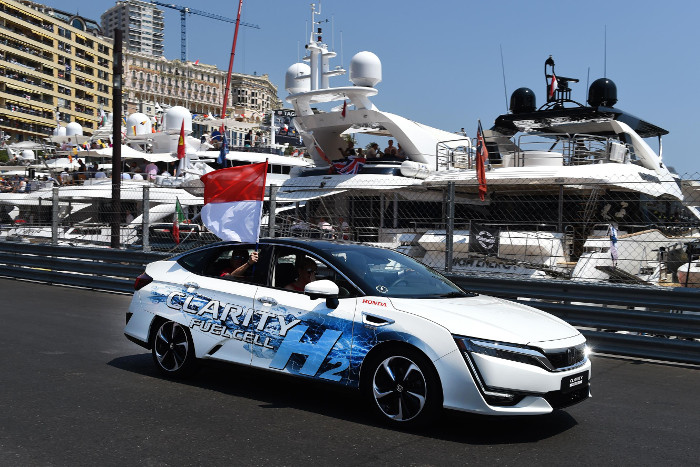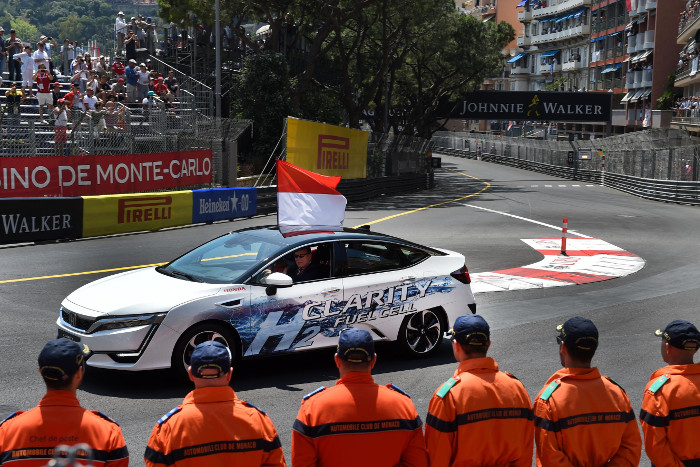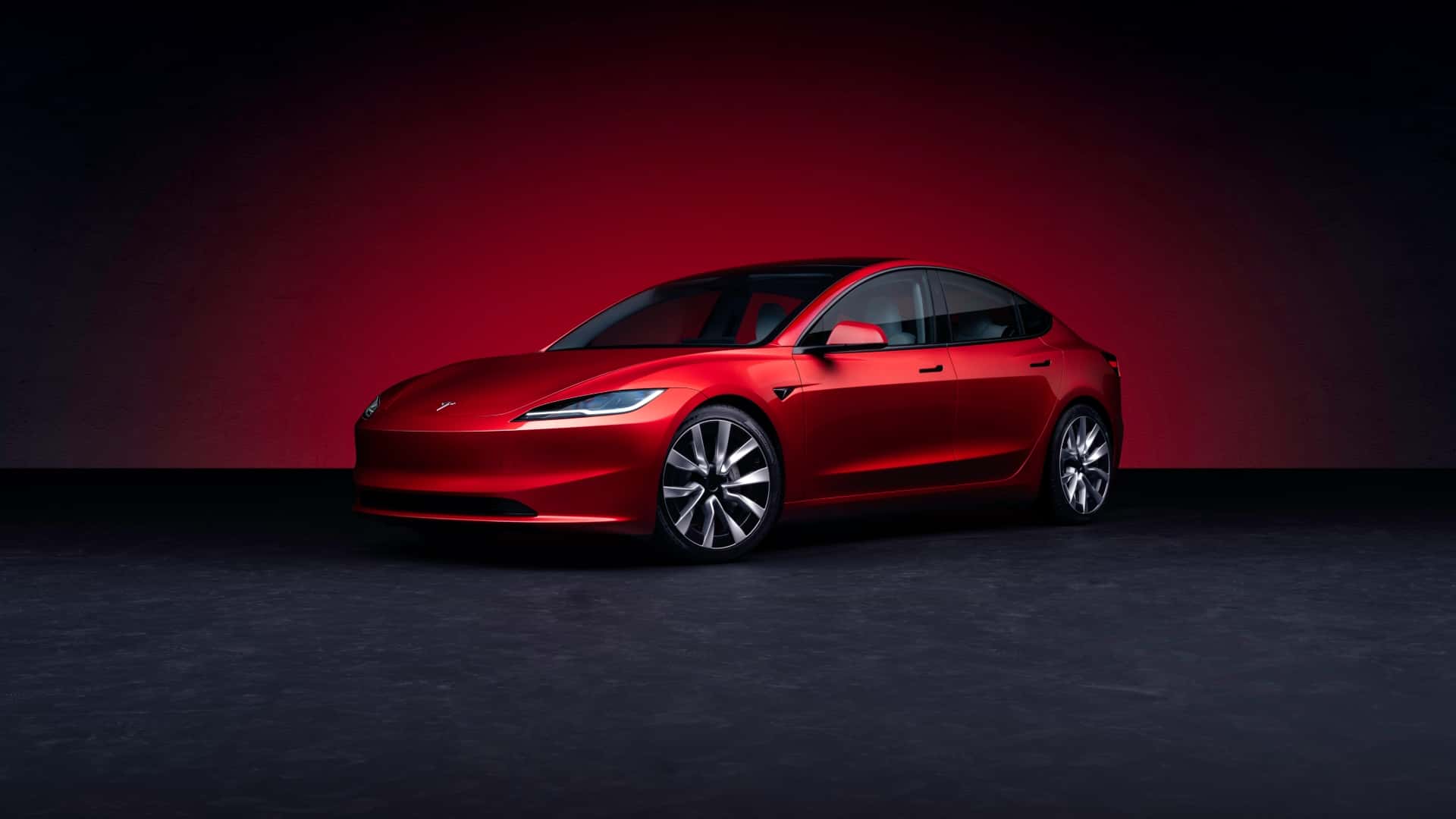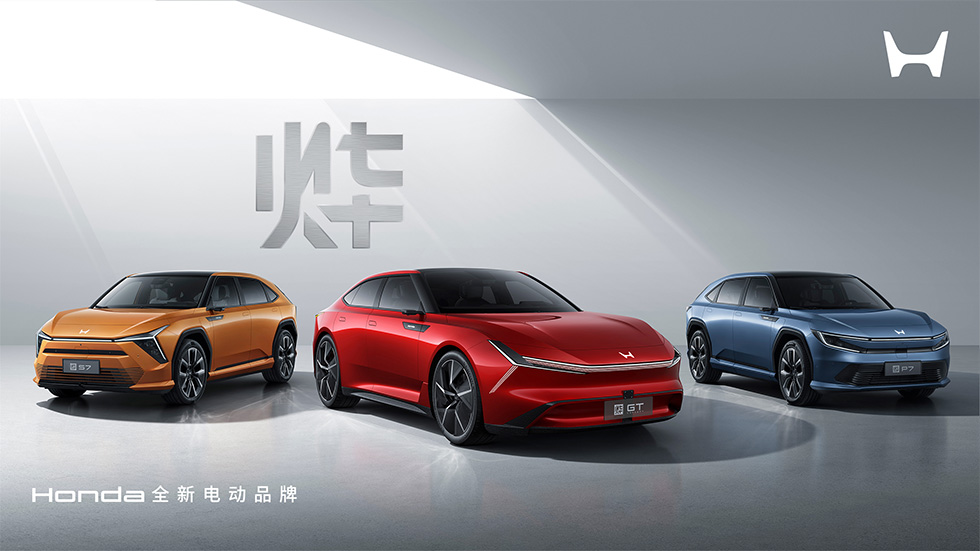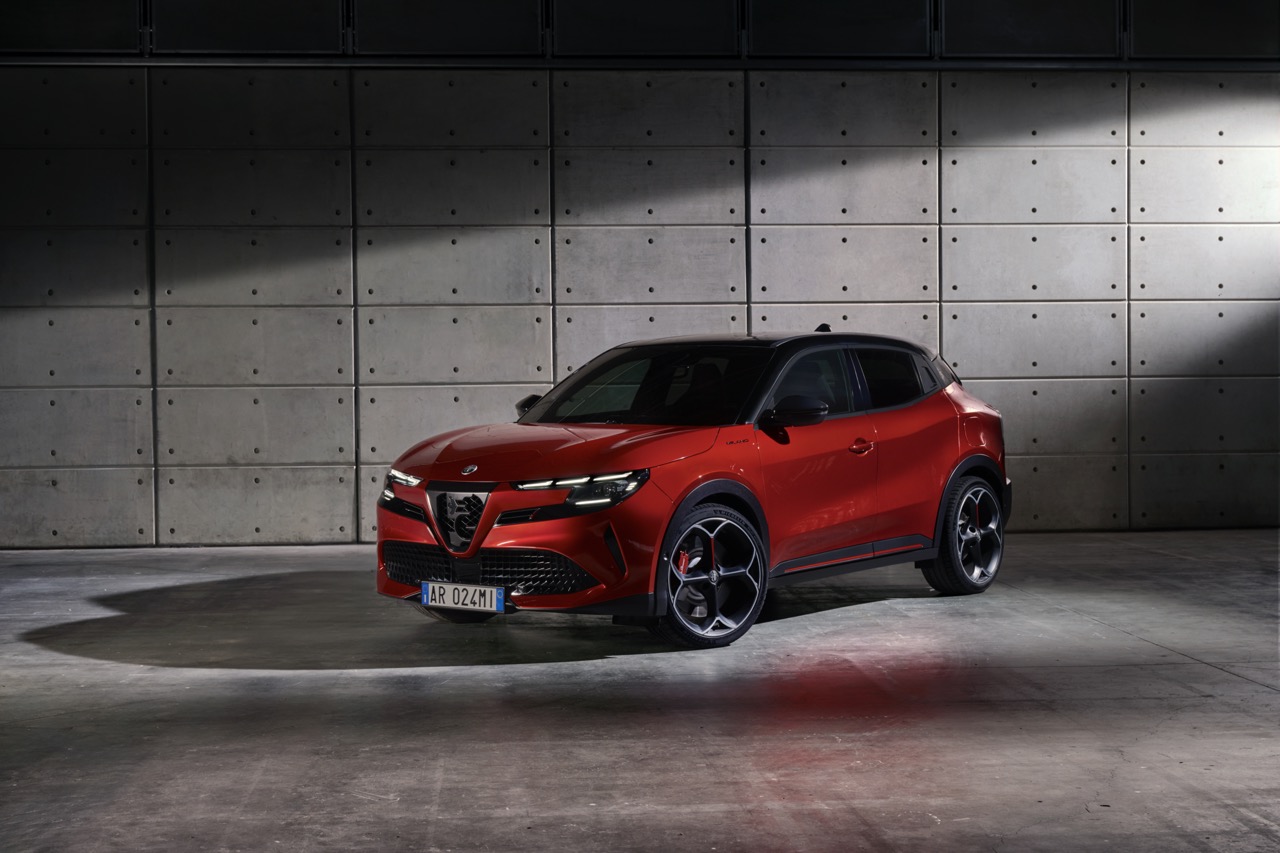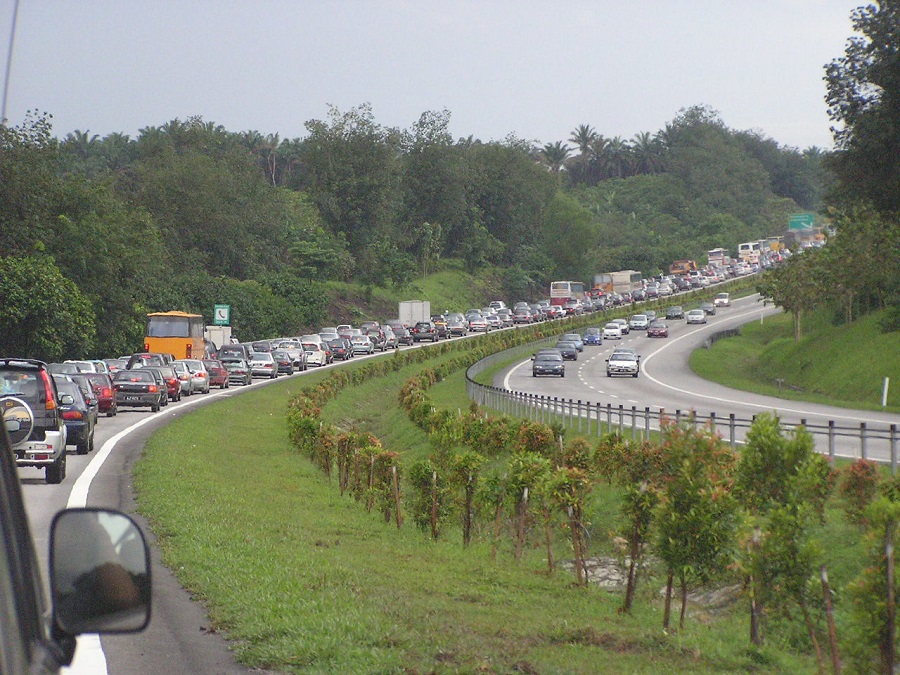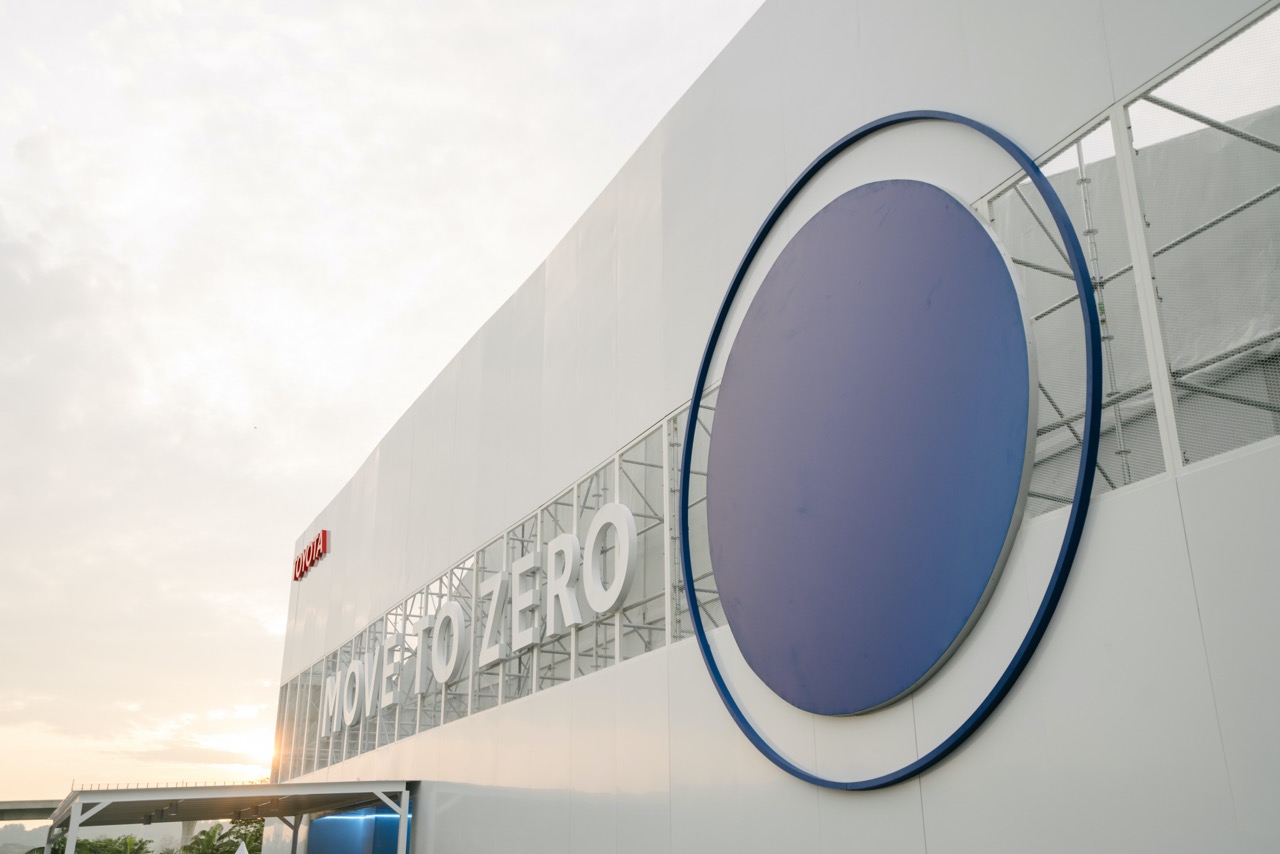Just as the race was preparing to start, rain came down heavily, creating additional levels of stress. There was uncertainty about which tyres to start on, made worse by the fact that the street circuit is used by normal traffic at night, so it was a bit greasy too.
The formation lap was to start behind the Safety Car so everyone was required to be on full wet tyres. However, as the rain got heavier, there was a delay extending the start time to 16 minutes later than scheduled. After the cars moved off on the formation lap, the rain got even heavier and the red flags came out, so the race was suspended even before it started. There were remarks that the rainfall was unusually great… a climate-change message?
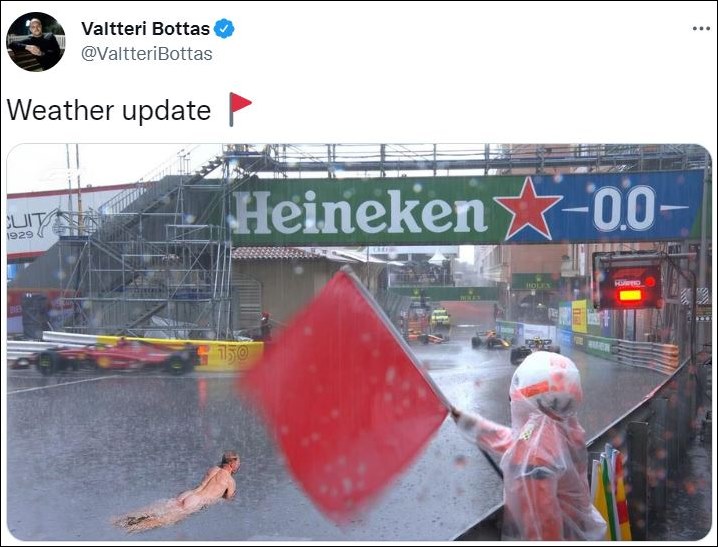
While safety considerations were understood, the teams were frustrated that they had to sit still waiting. As the rain suddenly ended 55 minutes after the race should have started, the race Director sent a message to the team to be ready to start in 10 minutes. The track was still wet, there were still dark clouds but it seemed that the race could get underway. A second message informed that the race would start at 4:05 pm – 65 minutes after the original scheduled time.
“For us, the preparation is before the start of the race and then the teams have the full allocation of tyres in blankets and can decide at the last minute what they want to do and the decision is up to the teams. The real problem here is the level of grip because we are on a street circuit. It is not the temperature because we tested the tyres in this temperature, but it is the level of grip that is really low. If the sun is coming out, the track is going to dry out very quickly, so it is another important choice for the teams’ strategists,” said Pirelli’s Motorsport Director, Mario Isola.
The 20 cars cautiously followed the Safety Car driven by birthday boy, Bernd Maylander, around the wet circuit. Two laps were completed as the race got underway with a rolling start. But even before the start took place. Aston Martin’s Lance Stroll had a rear puncture and Williams Racing’s Nicholas Latifi slid into the barrier.
Charles Leclerc had sprinted off and was holding the lead with his team mate Carlos Sainz protecting him from Red Bull’s Sergio Perez and Max Verstappen who were just seconds behind. Scuderia Alphatauri’s Pierre Gasly, in spite of a slide, set the fastest lap in the early stages. But just two laps later, on lap 9, Leclerc used the advantage of clear air to set a faster lap time.
By lap 12, the two Ferraris and two red Bulls were 8 seconds away from the rest, with McLaren’s Lando Norris and Mercedes-AMG’s George Russell duelling carefully for 5th place. Russell’s team mater, Lewis Hamilton was trying to move forward but it was hard to get past Alpine’s Fernando Alonso.
Hamilton came in on lap 16, switching to intermediate tyres. He managed to get back out in time to lose just one position to Alpine’s Esteban Ocon, slotting into ninth place. Meanwhile, Russell was asked to manage his tyres, possibly till slicks could go on. Right after Hamilton, Perez dropped out of third place and came in on the next lap for intermediates as well.
On lap 19, both Leclerc and Verstappen came in and took on intermediate tyres. However, Haas F1’s Mick Schumacher who also came in took on hard tyres, much to everyone’s surprise. The order then was Sainz in the lead, still on the first set of tyres, followed by Perez and then Leclerc.
As the 20th lap approached, Hamilton and Ocon were dicing and on one occasion, had contact. The Mercedes-AMG driver was uncertain if his car was damaged but did not report any unusual condition.
On lap 22, it was time to go to hard compounds and both the Ferraris quickly shot into the pits. Perez took over the lead as Sainz returned to the track behind him and Verstappen slotted into the space ahead of Leclerc.
Yellow flags appeared on lap 26 as Schumacher crashed and the Virtual Safety Car was activated initially and then the Safety Car went out. With Schumacher’s departure, both Haas cars were out of the Monaco GP as Kevin Magnussen had retired earlier. Sainz too had a heart-stopping moment as his car slid towards the barrier but there’s probably some rally DNA from his father and he managed to save the car from crashing.
As Schumacher’s car was being cleared, it was found that the barriers were quite severely damaged and more time was needed to make repairs. The decision was made to put out the red flag (which the Red Bull boss predicted) and stop the race, and the drivers headed back to the pits. The running order at that time on lap 29 was Perez, Sainz, Verstappen and Leclerc. Six seconds away from the Ferrari driver was Russell in fifth place.
The race was suspended for 19 minutes and resumed with a rolling start. The running order when the red flag had come out was Perez, Sainz, Verstappen and Leclerc. Six seconds away from the Ferrari driver was Russell in fifth place. The forecast was that there would be no more rain for the remaining 44 laps of the 77-lap race – but there was also the possibility that time might run out at the 2-hour limit.
The four frontrunners sped off but this time, Russell and Norris were also closer, just a few seconds further back and ready to take advantage of any slip the Ferrari or Red Bull ahead made. Behind Norris was a big 15-second gap to the next car.
Perez had the advantage of clear air but the race was not going to run for 77 laps and was likely to have only 29 laps remaining. Hamilton was again stuck behind Alonso and trying to take over 7th place. The Alpine driver seemed to be losing the pace although the team’s engineers said nothing was wrong. Still, it was difficult for Hamilton to get past on the narrow track.
Understanding that the race was shortened, Norris was beginning to plan for a more aggressive effort to take the fifth place from Russell before the race ended. The main consideration was whether the tyres could take the increased efforts and last for another 20+ laps – and Pirelli said that there was an outside chance of rain before the race ended.
And it was not only the Mercedes-AMG driver being frustrated by Alonso but others as well and the gap from the front got wider and wider. In fact, when Hamilton asked how far ahead the front-runners were, his team suggested that he not think of that and instead think of how far they were behind – which was about 30 seconds! By lap 51, Perez was already seeing the backmarkers not far ahead.
As Perez closed in on the lapped cars ahead, Sainz began to put the pressure on. Encountering traffic would make things tricky for the Mexican Red Bull driver who had to look ahead as well as watch behind. Verstappen and Leclerc were about 2 seconds away, also in a position to grab a better spot if the opportunity came up.
The pressure on Perez was very great as the Ferrari was right behind, almost under his wing. His tyres were not in great shape and at that point, no one was certain what the outcome of the race would be. The four leaders came up behind Alfa Romeo ORLEN’s Zhou GuanYu who got out of the way quickly to let them pass.
It was clear that with 5 minutes remaining, the front drivers were giving everything that had as there were moments when they looked like they would lose it. Sainz was pushing Perez and Verstappen was also pressuring from behind. Latifi was also in the way but moved aside and then there was some space to the next cars so the leaders began to push harder.
The clock stopped at lap 64 and Perez held on to his lead through 19 corners to cross the finish line and win the 2022 Monaco GP. Sainz was not letting up and neither was Verstappen so it was that order of finish, with a disappointed Leclerc coming up behind in fourth.


